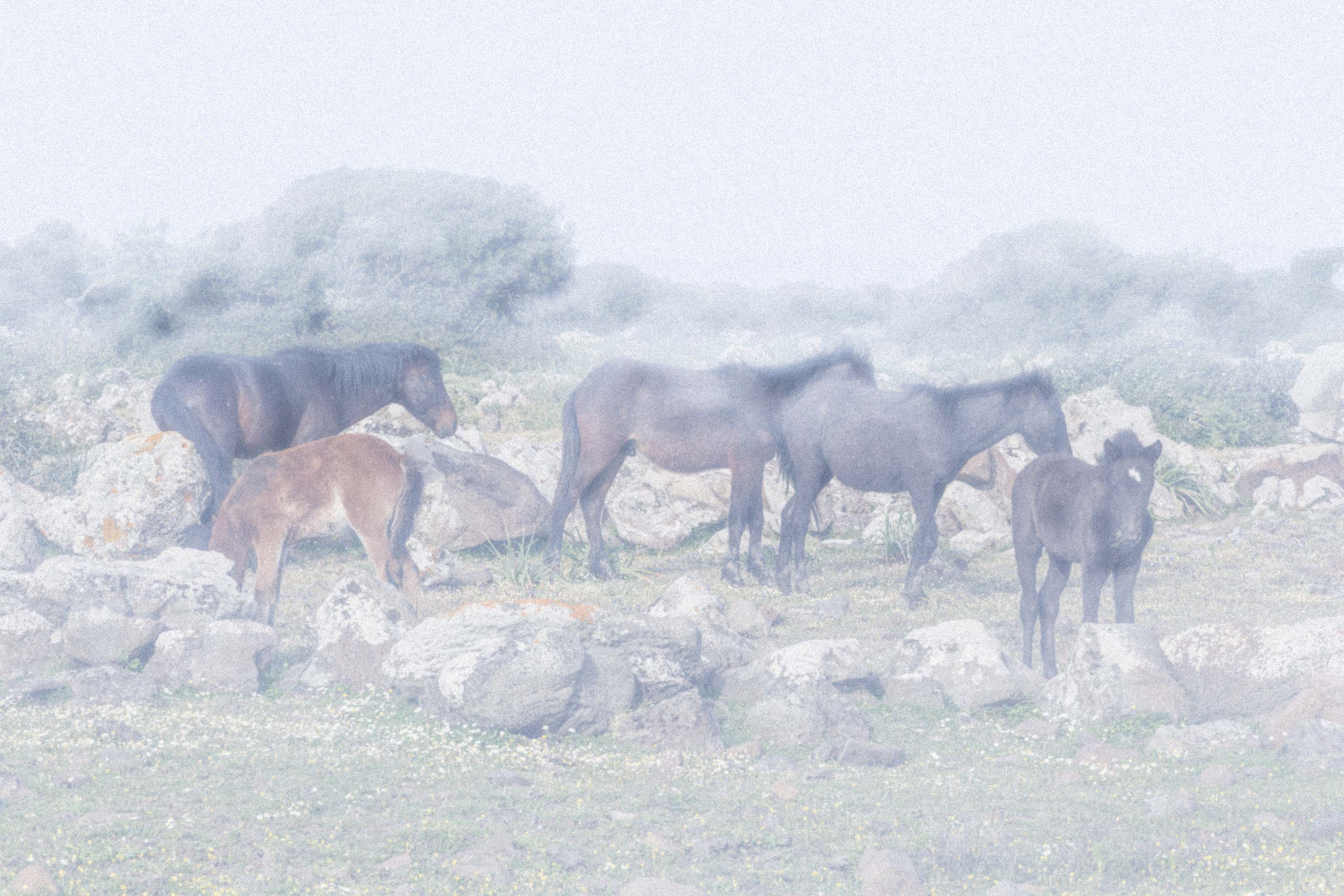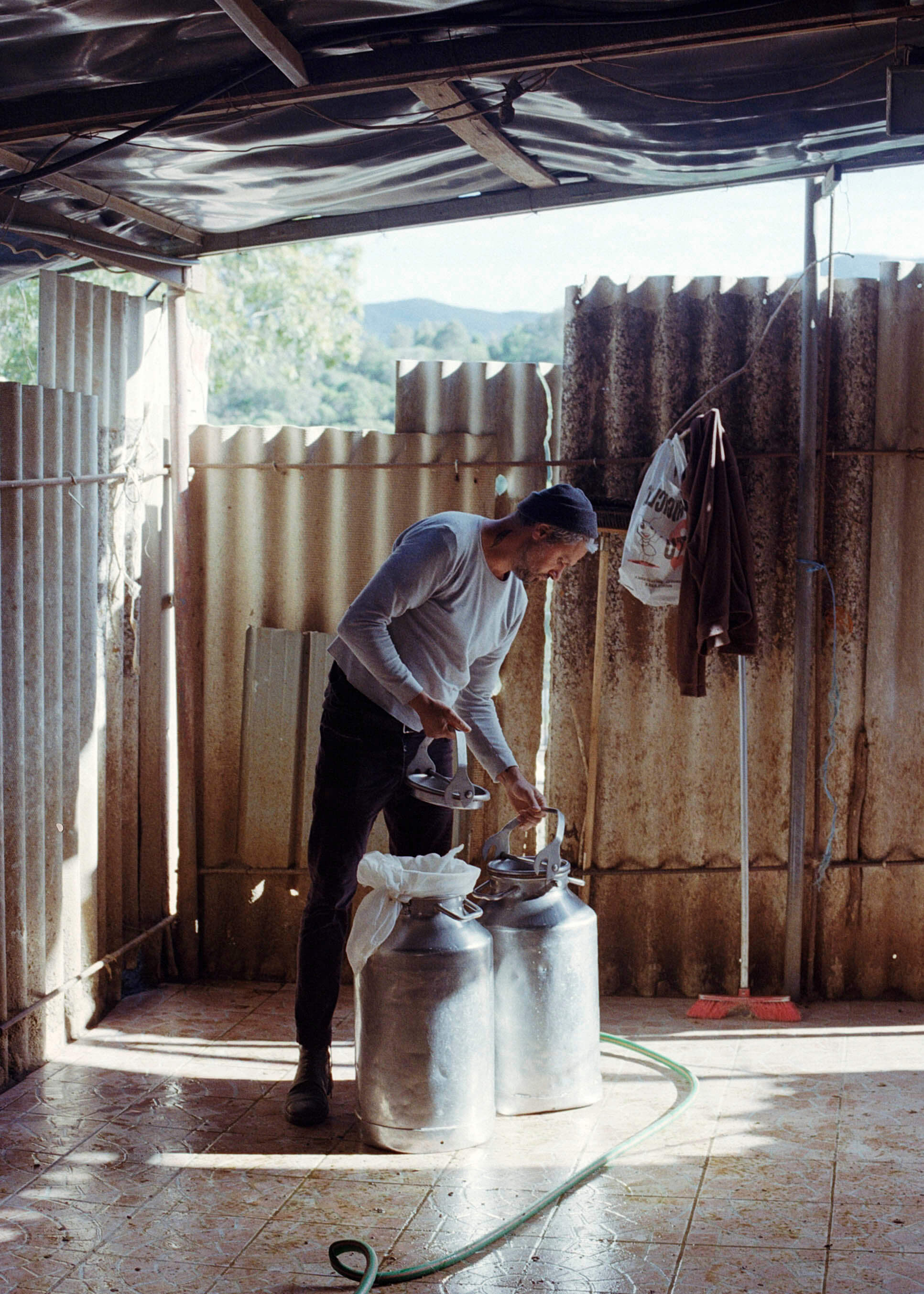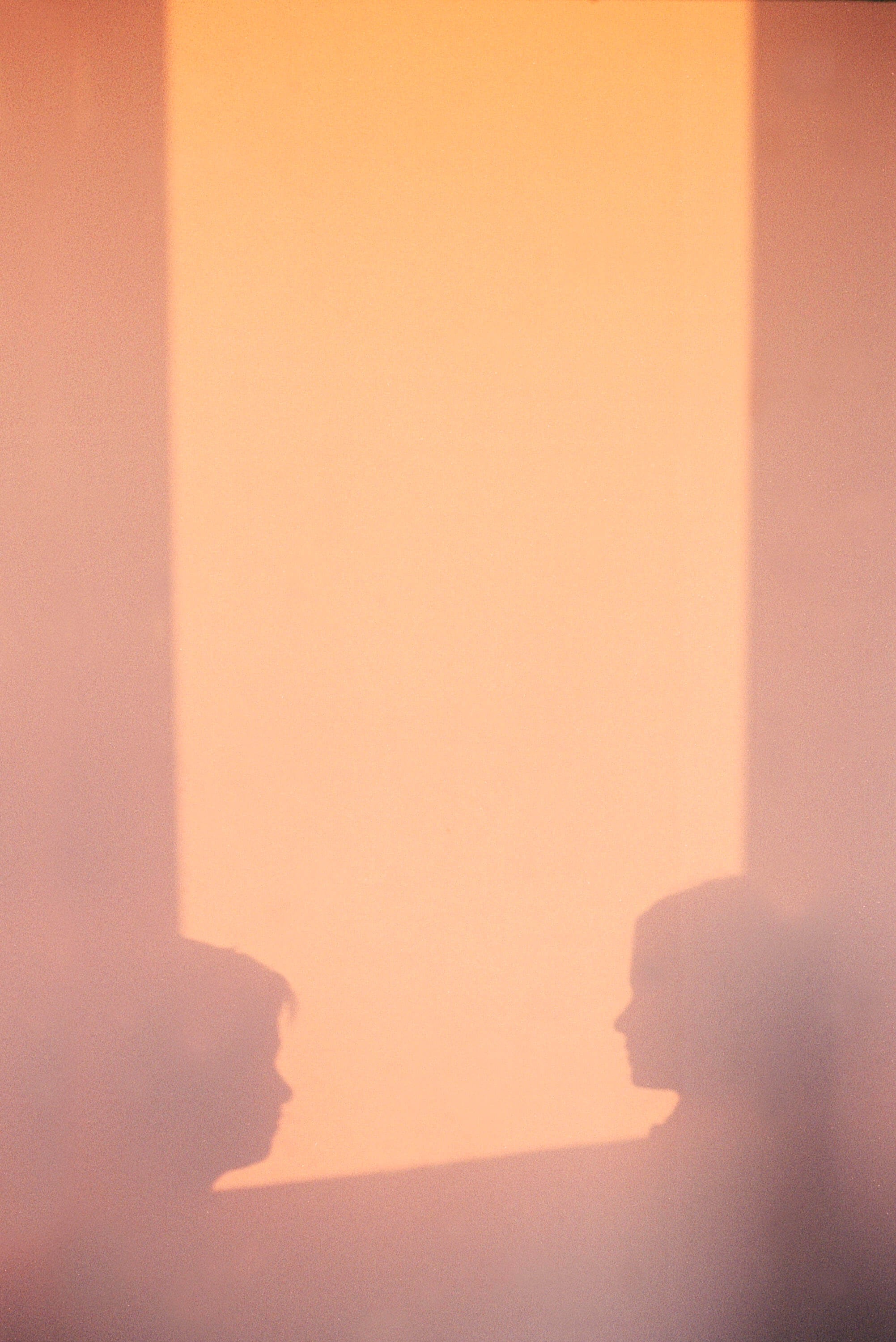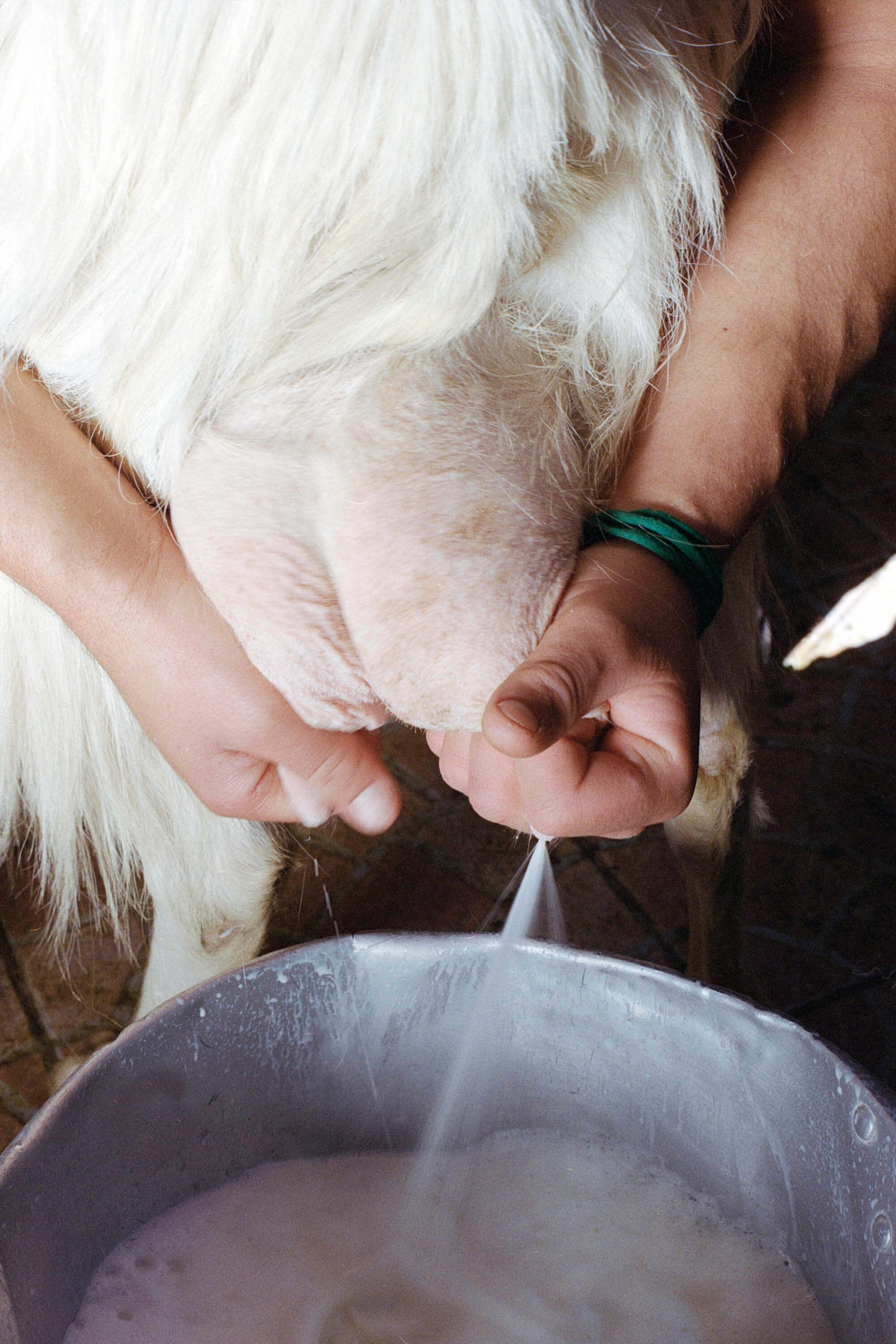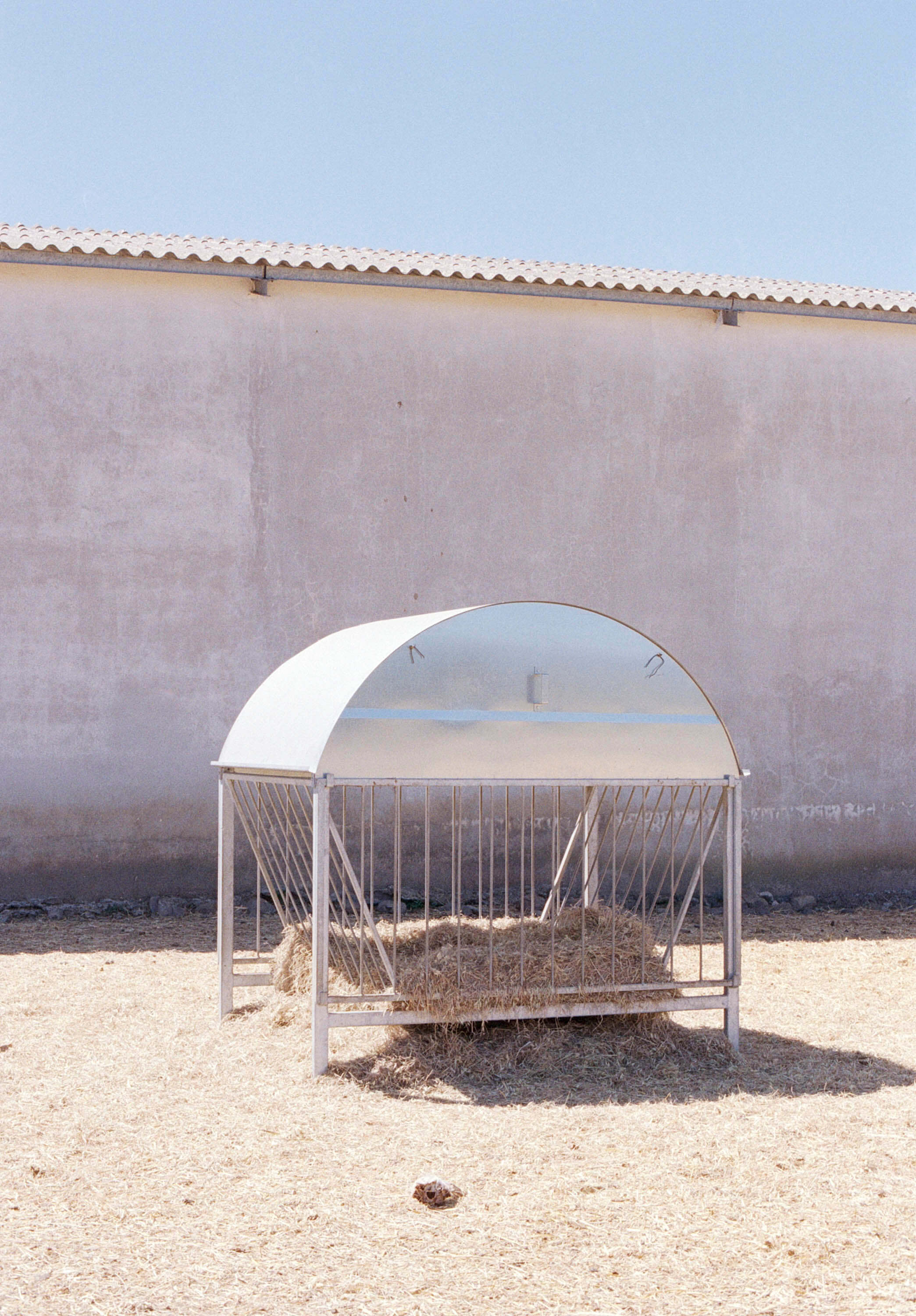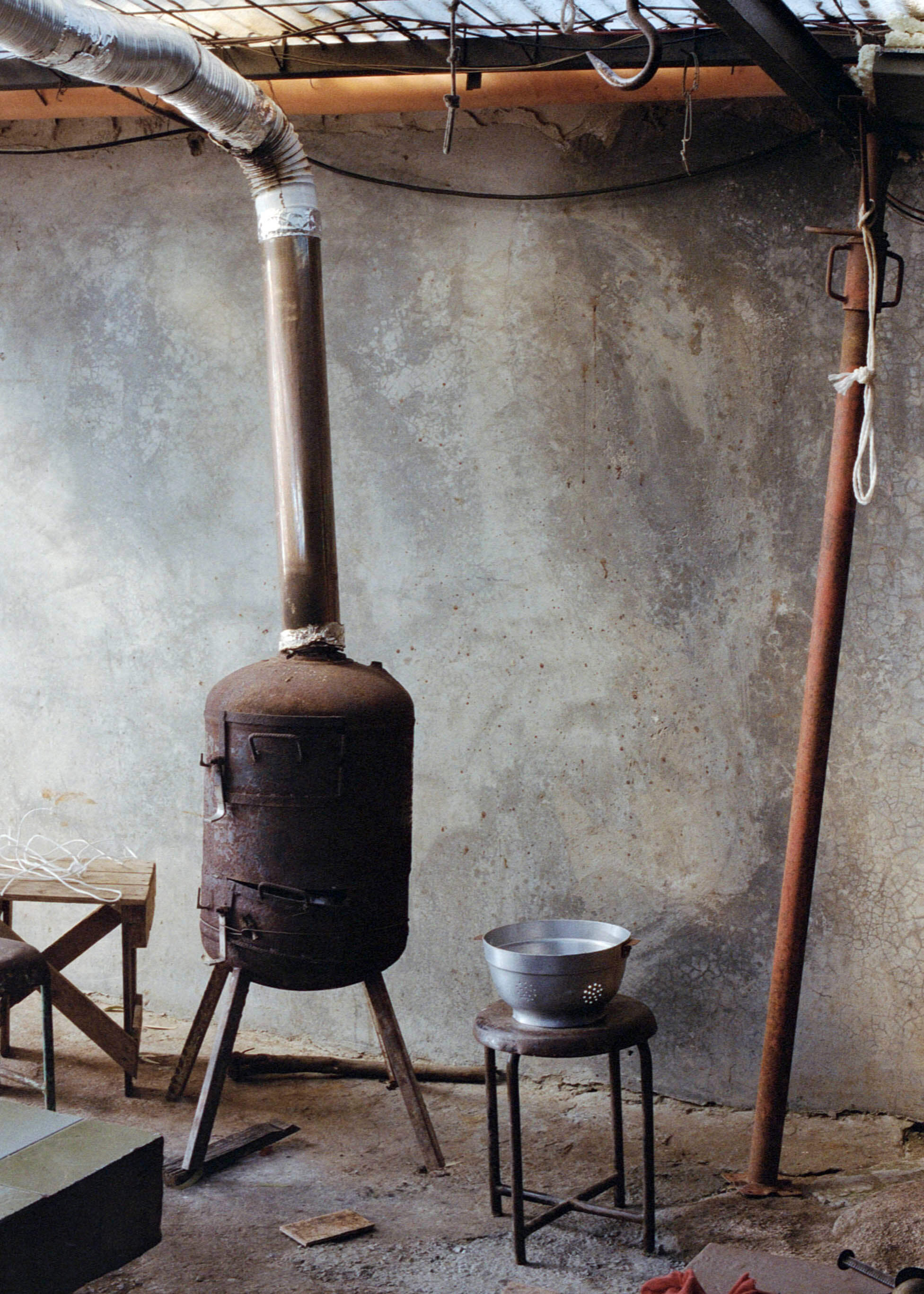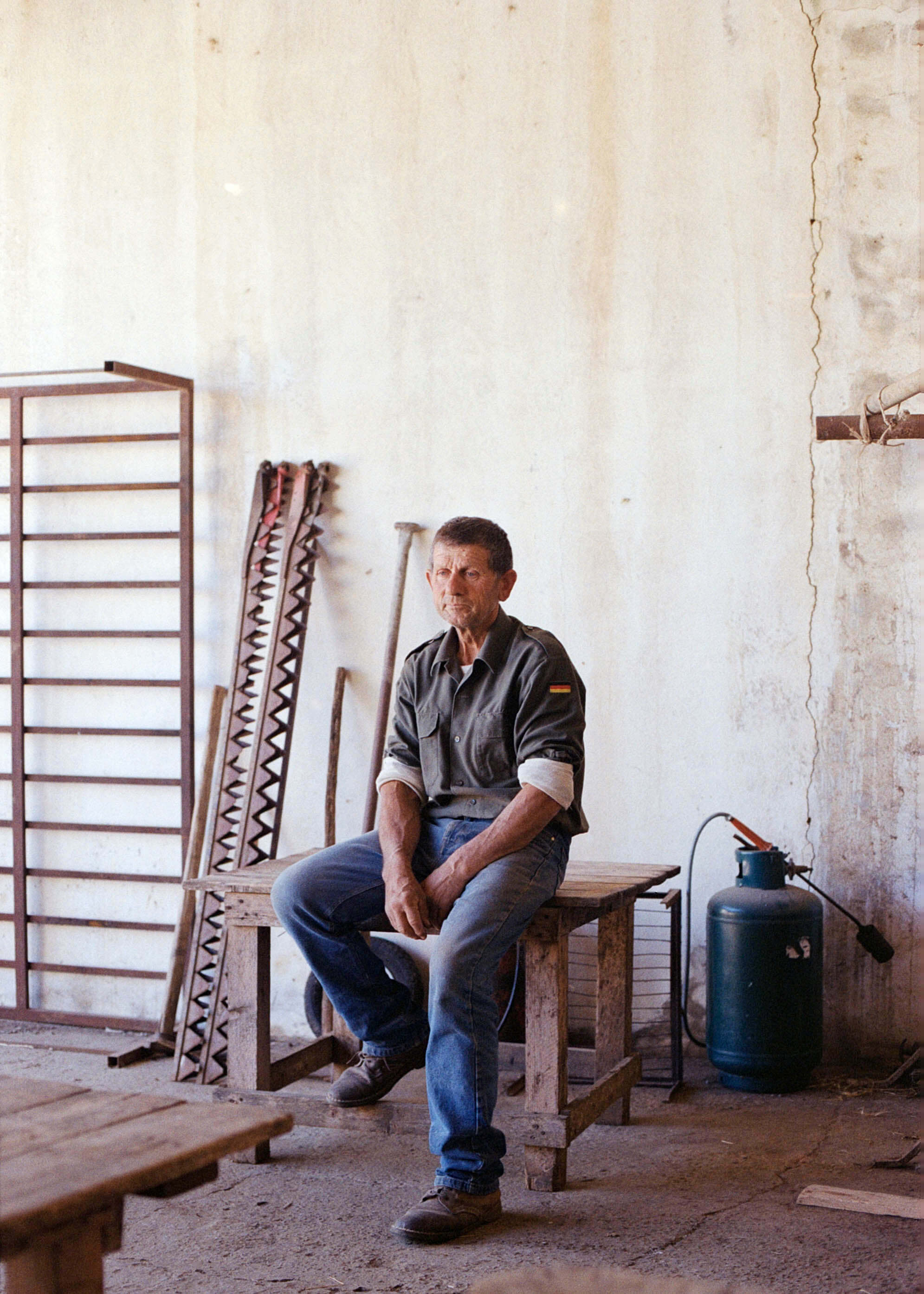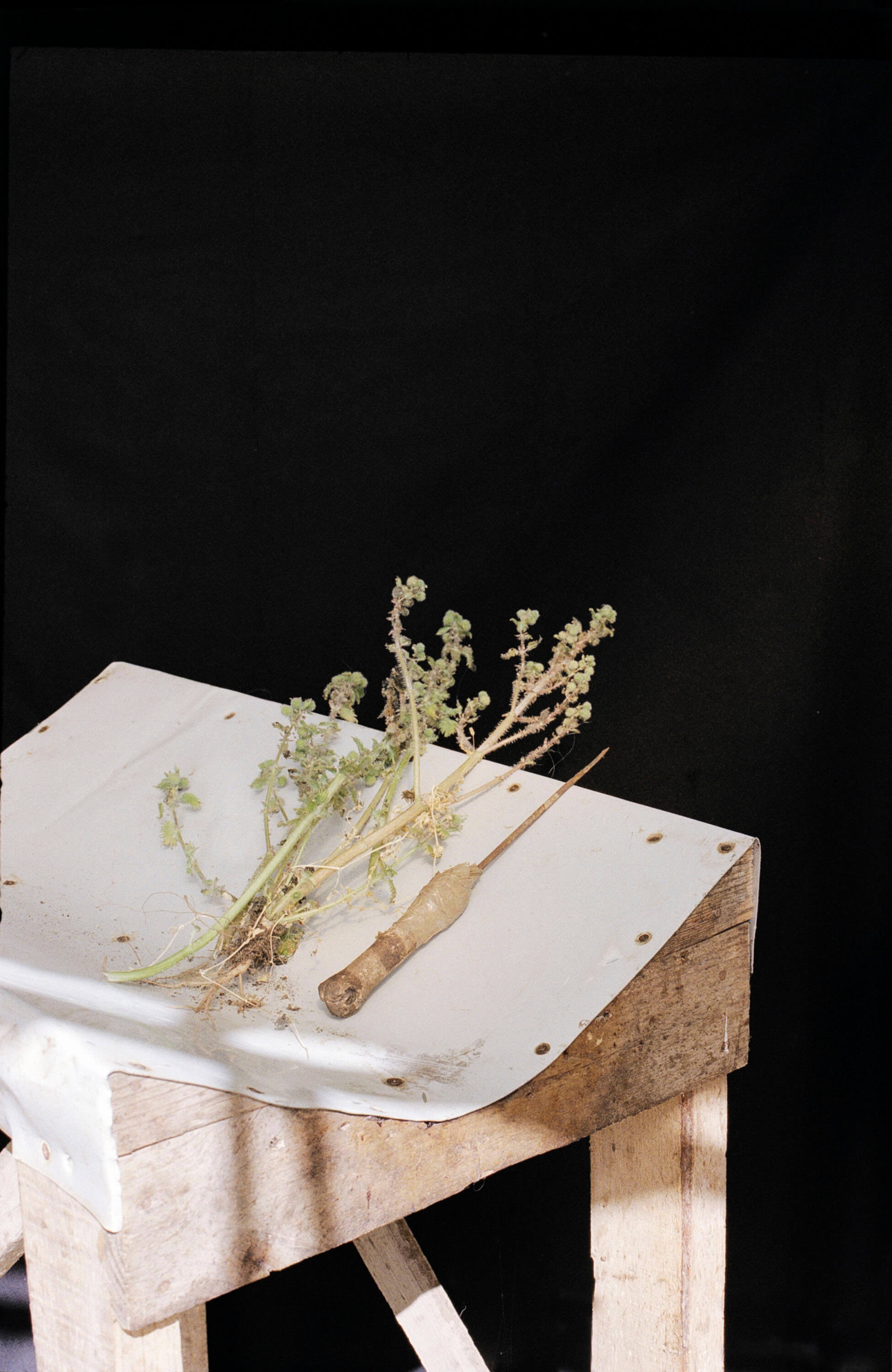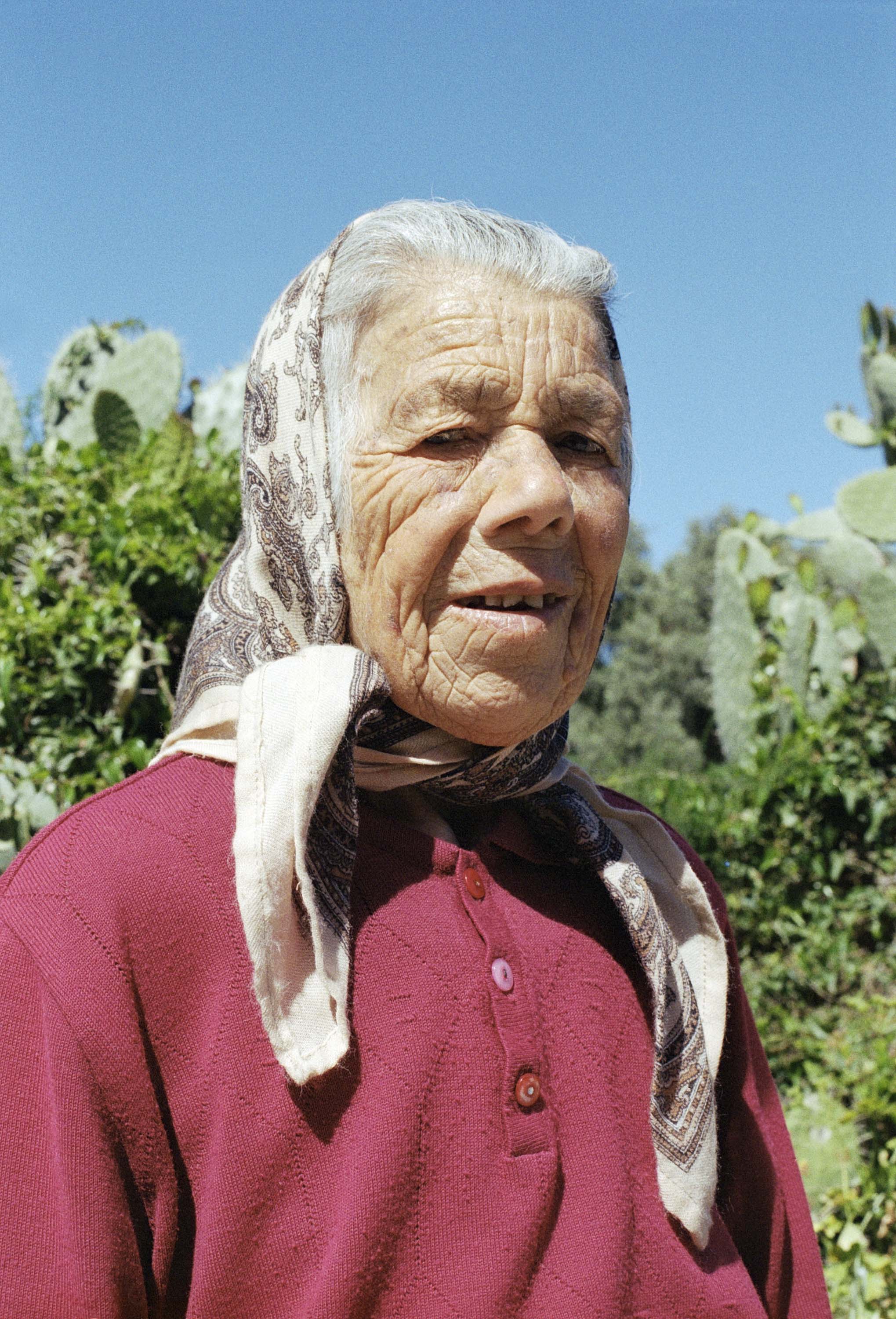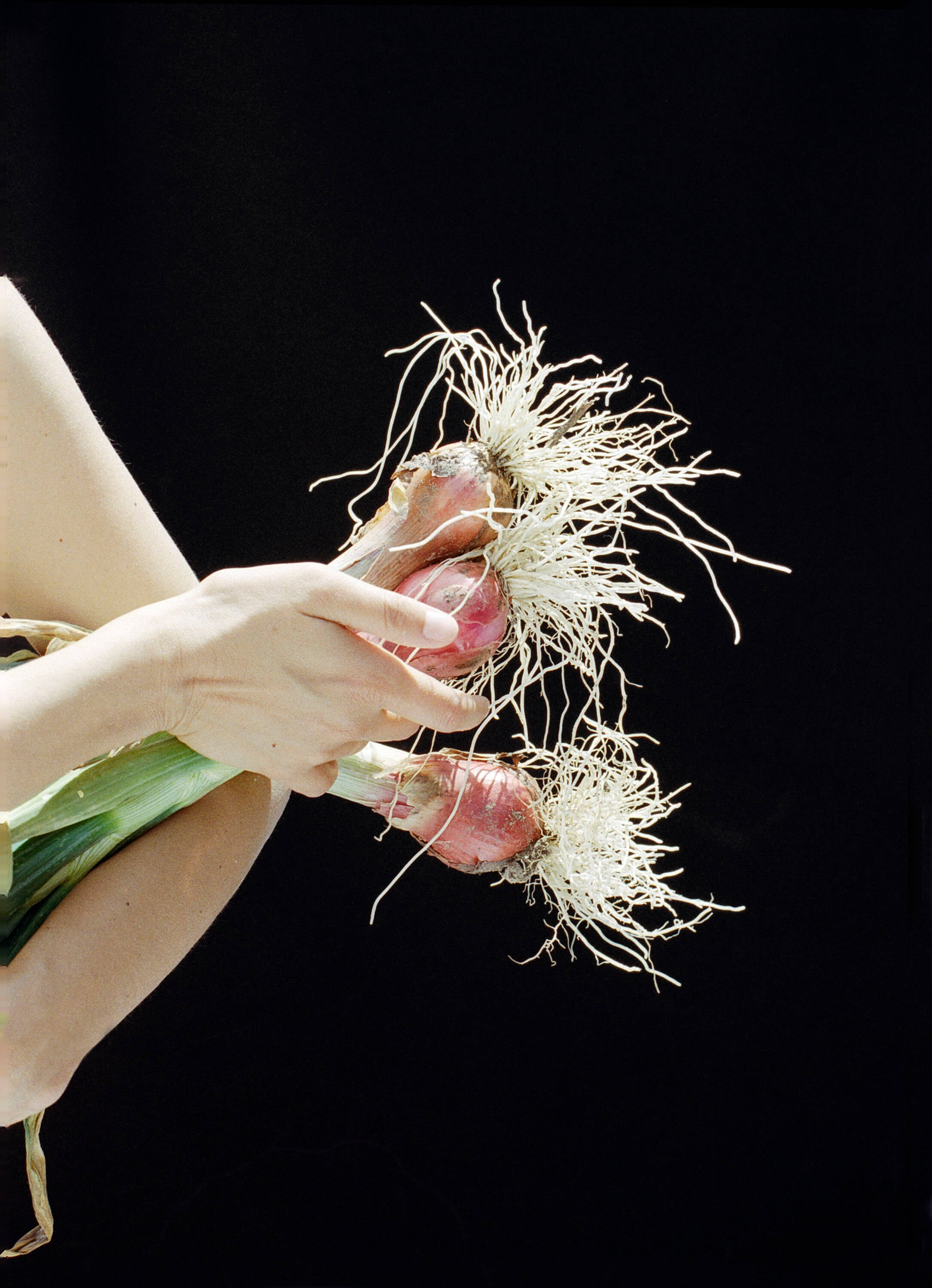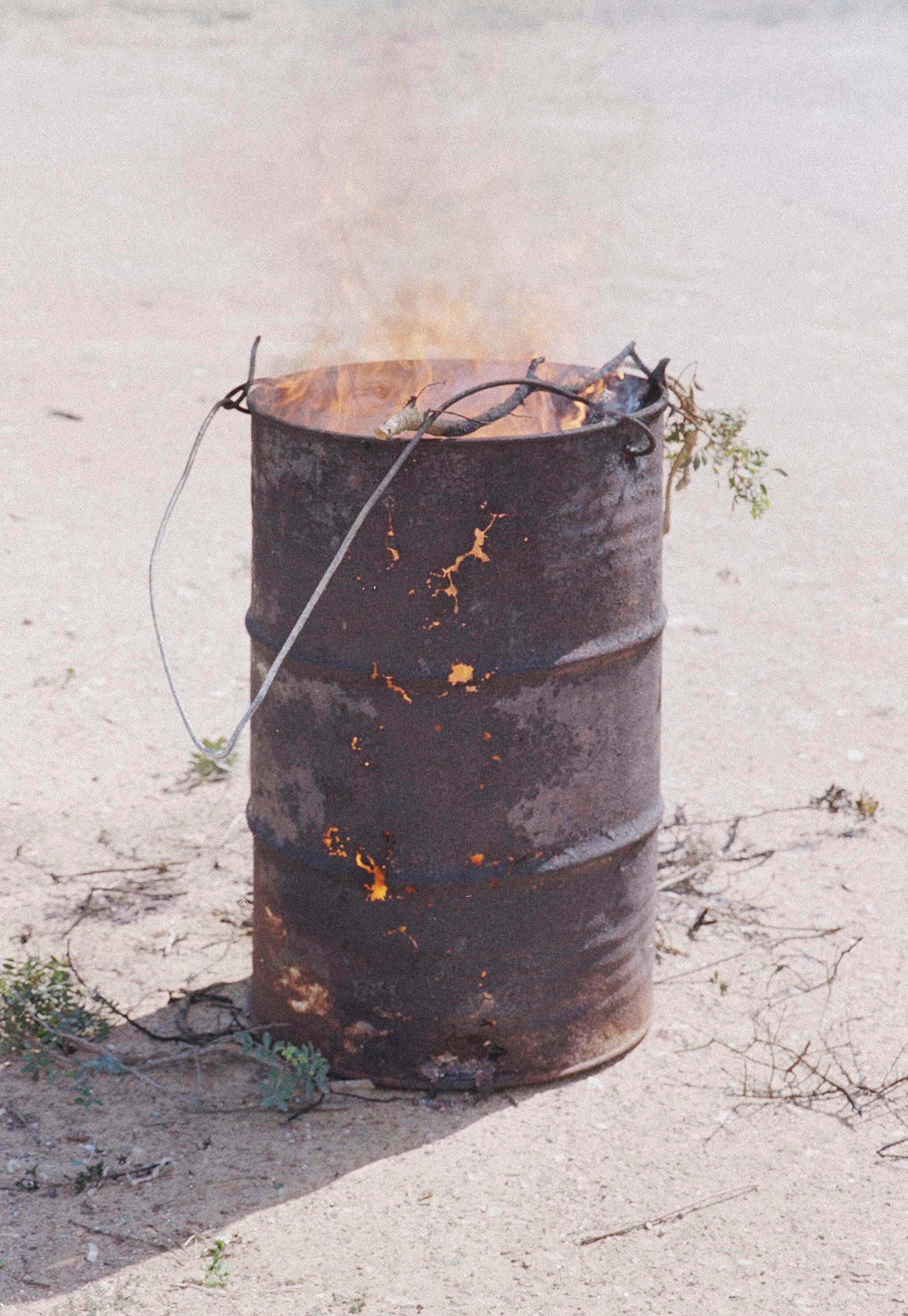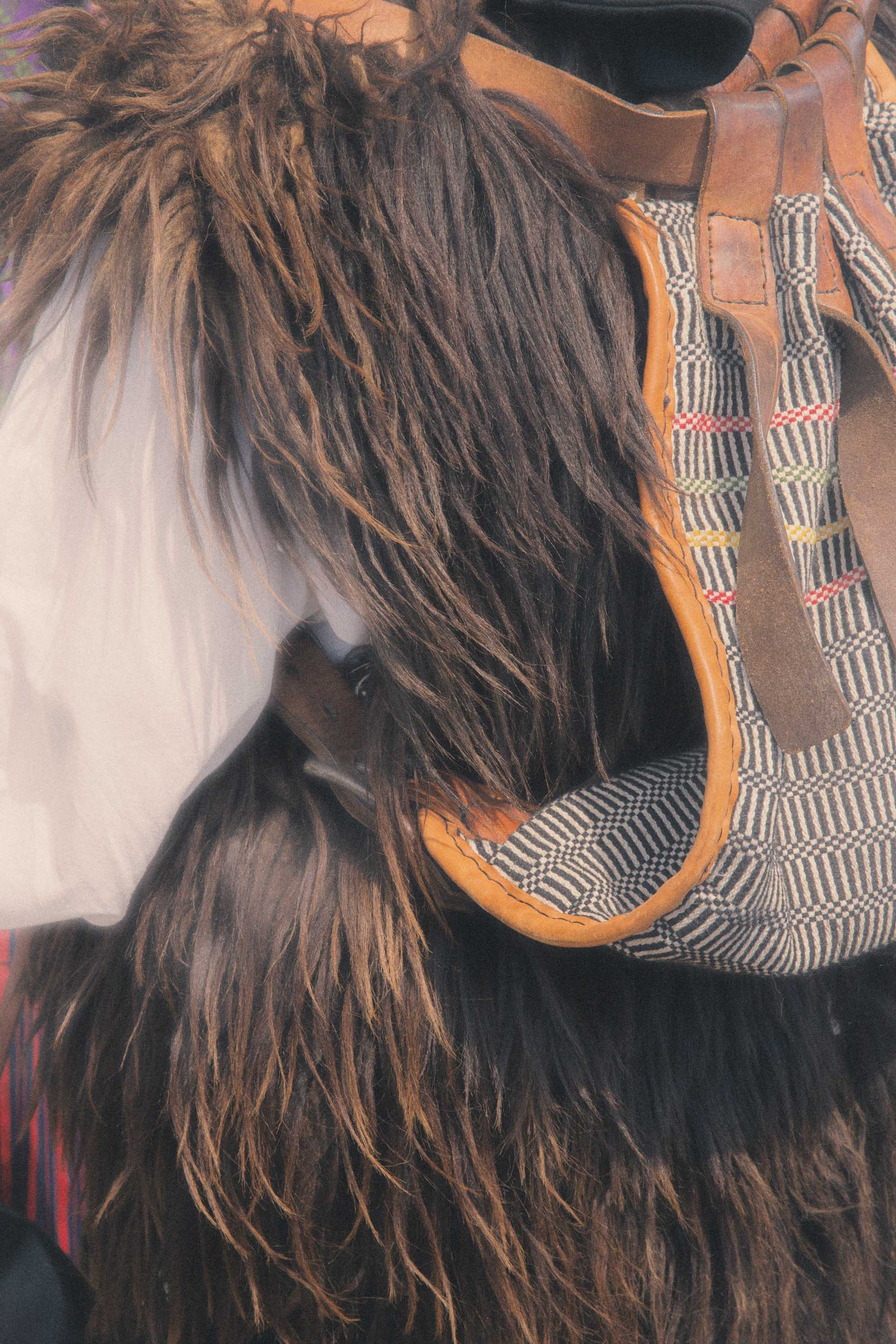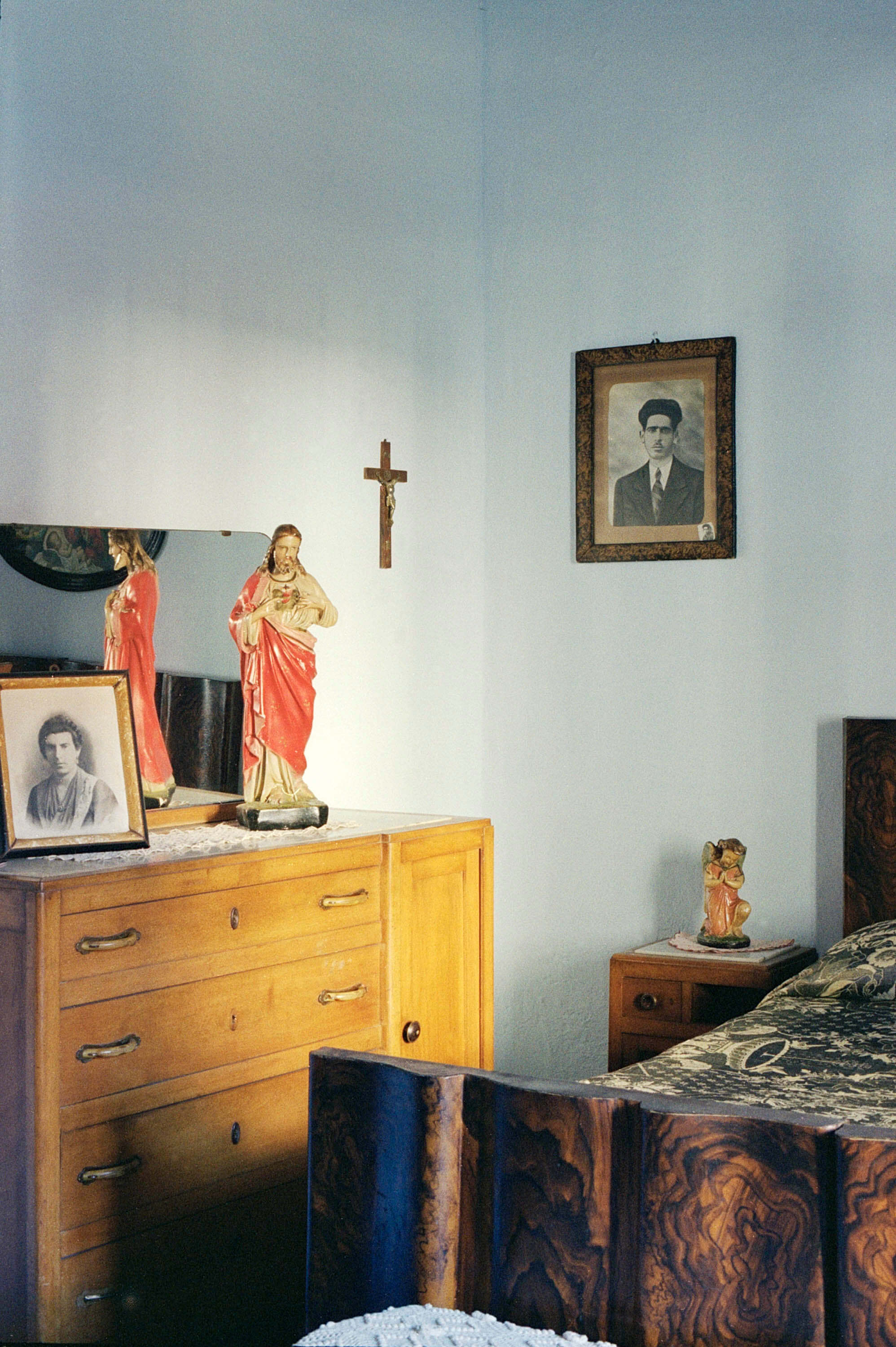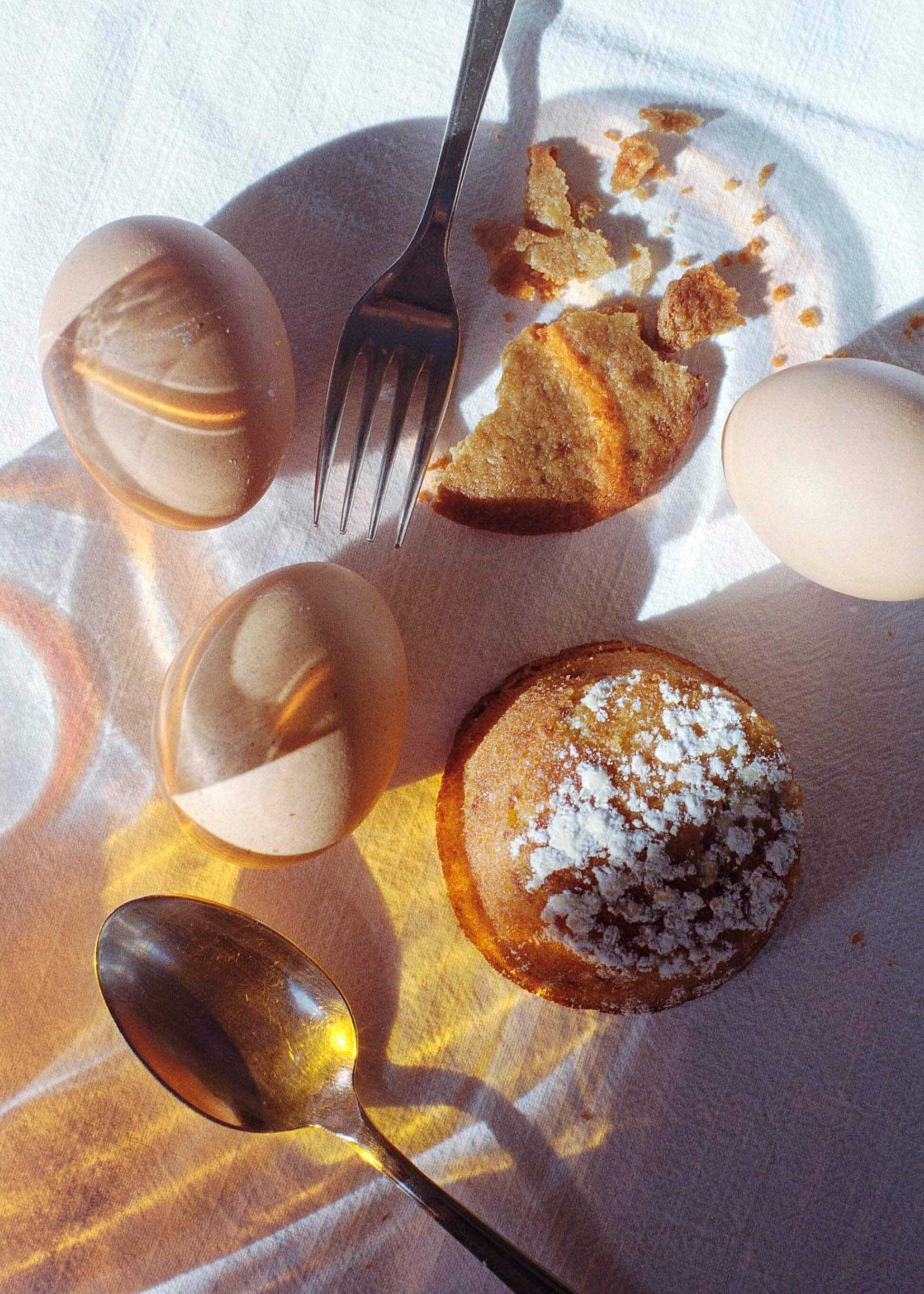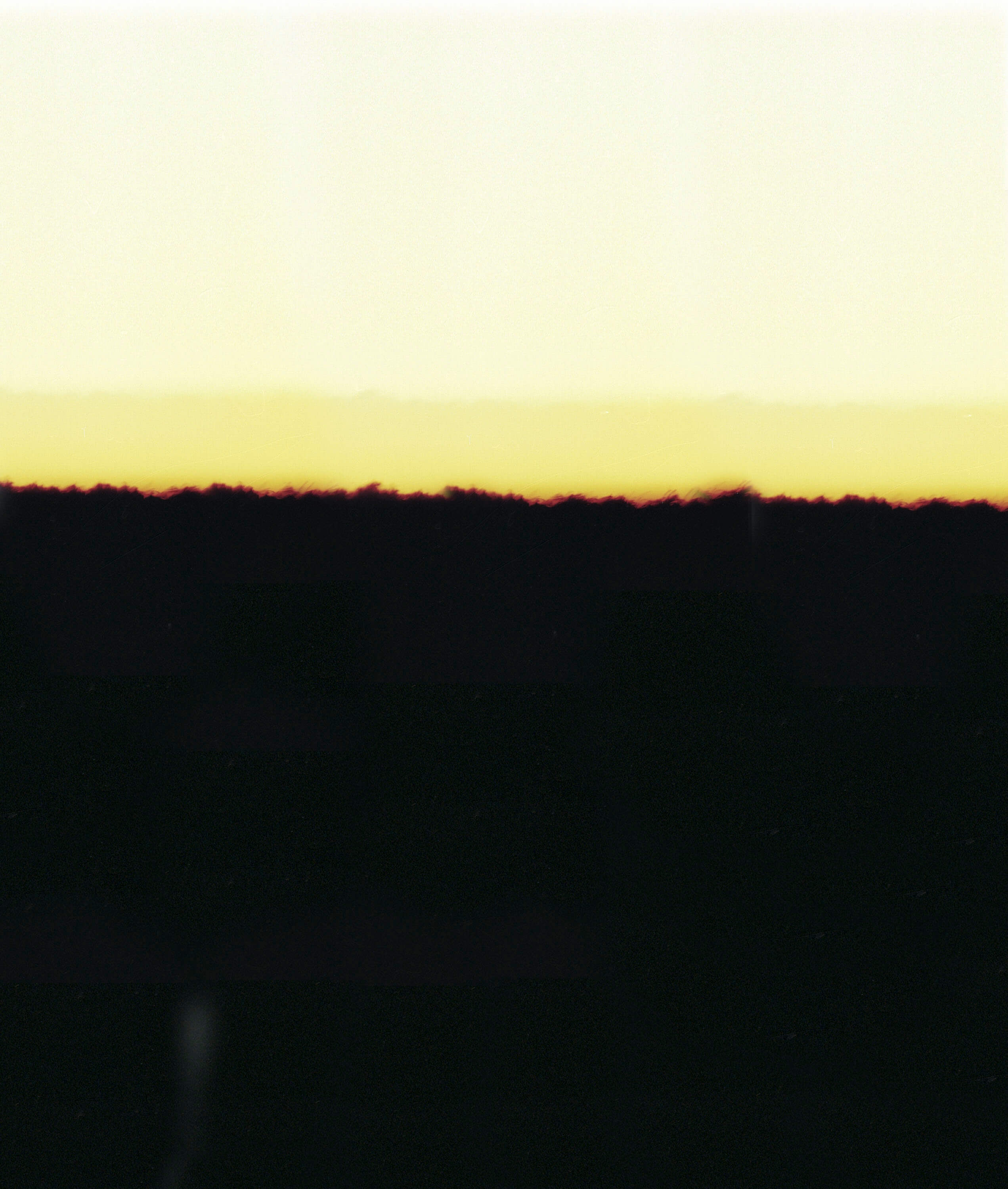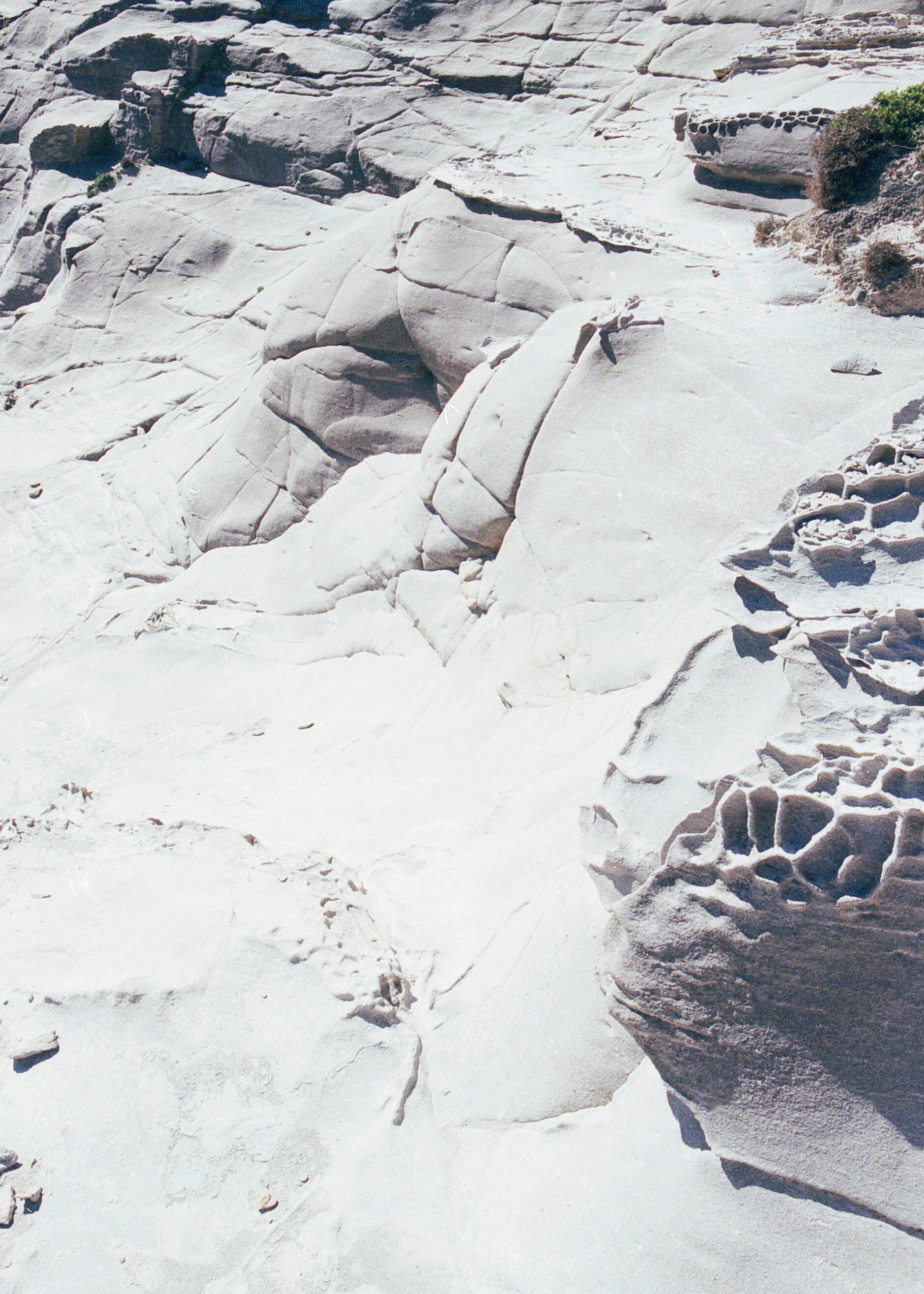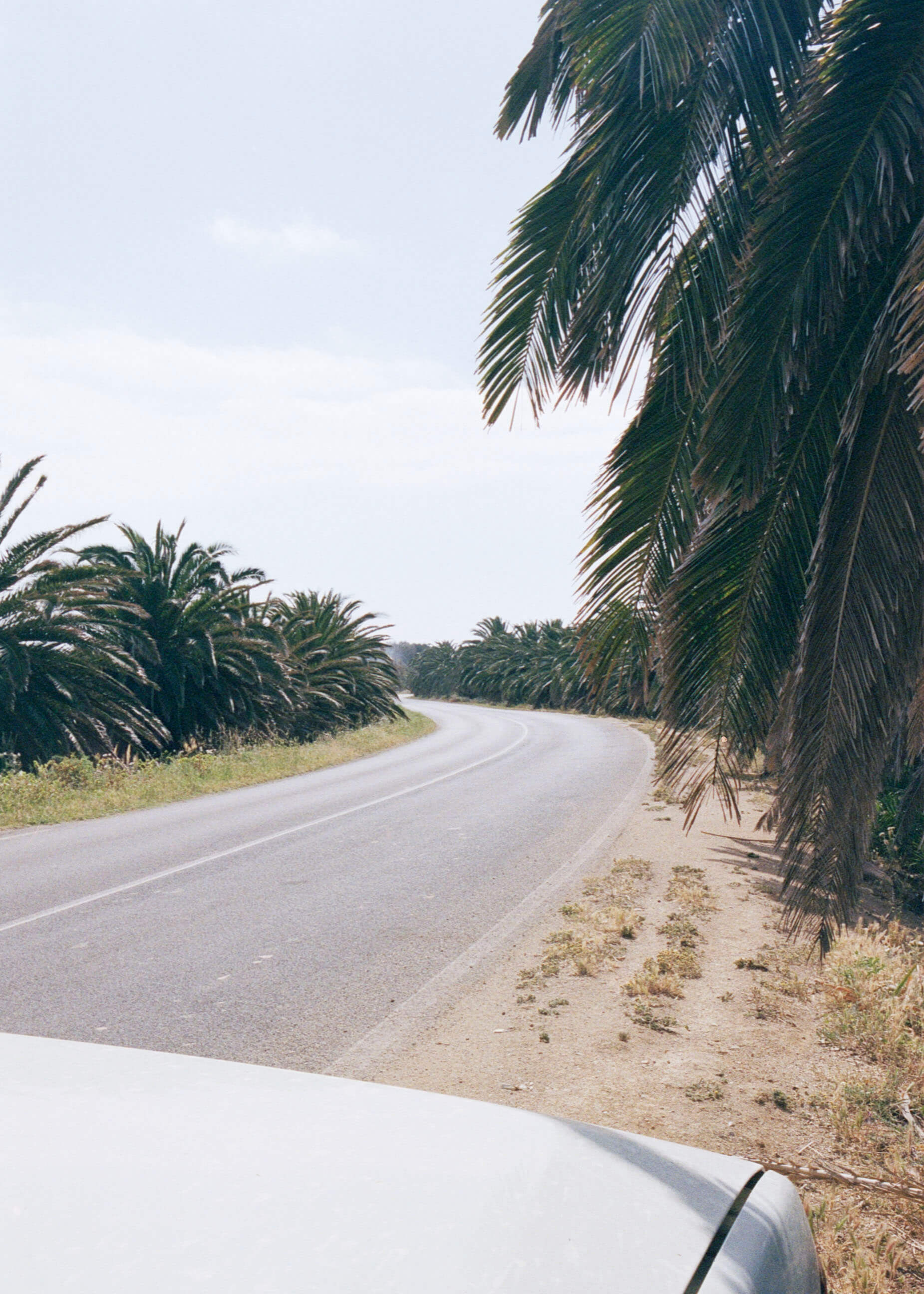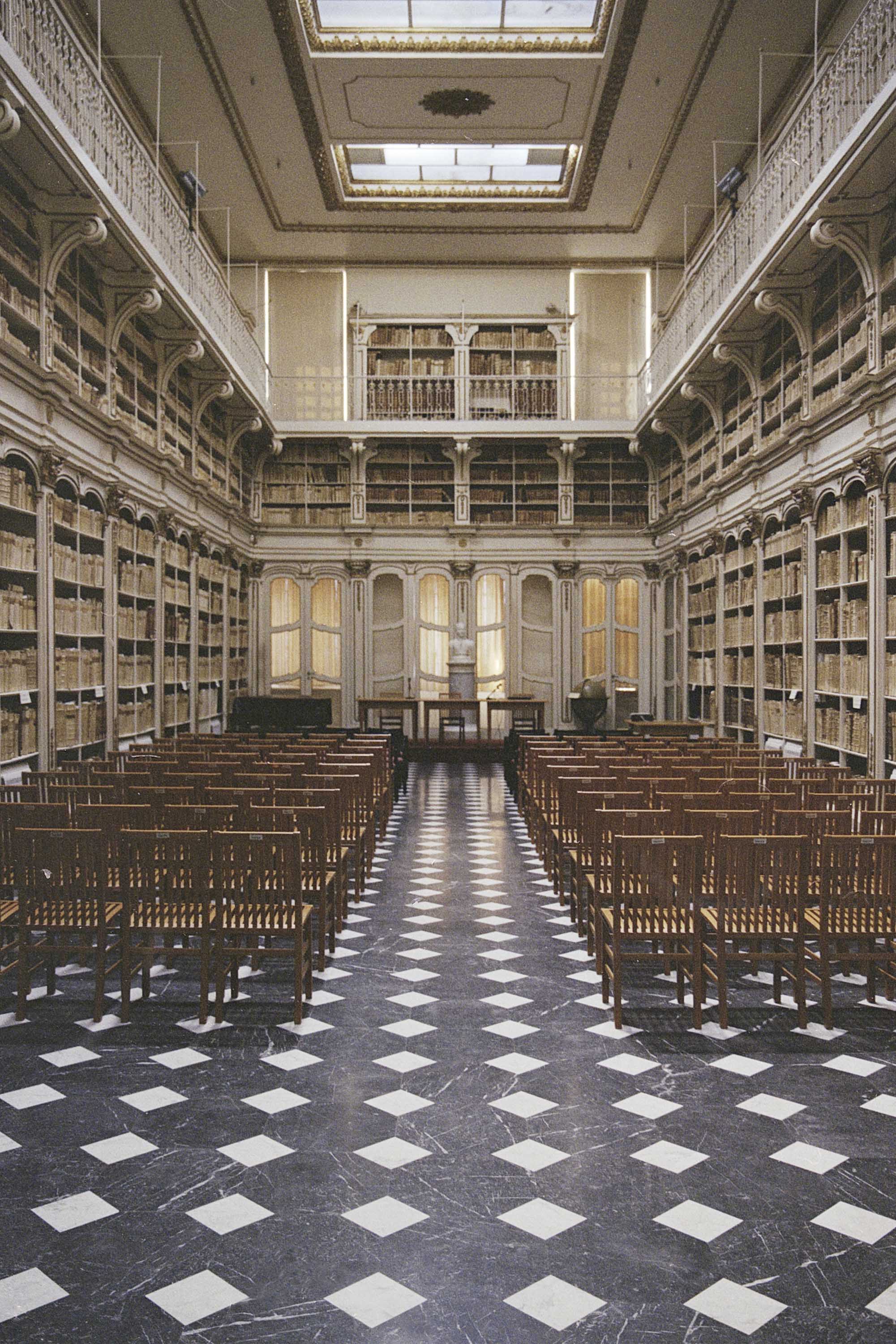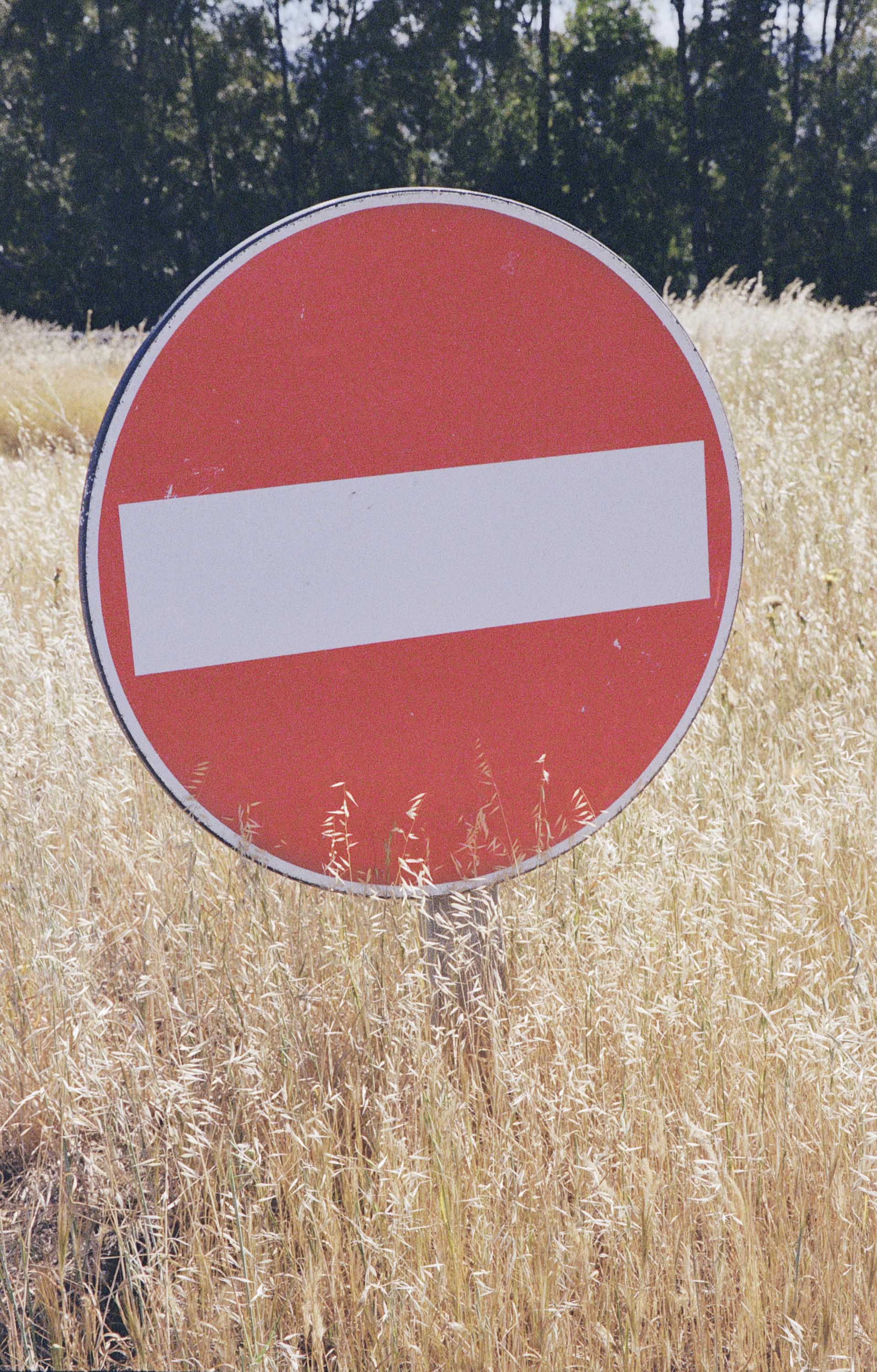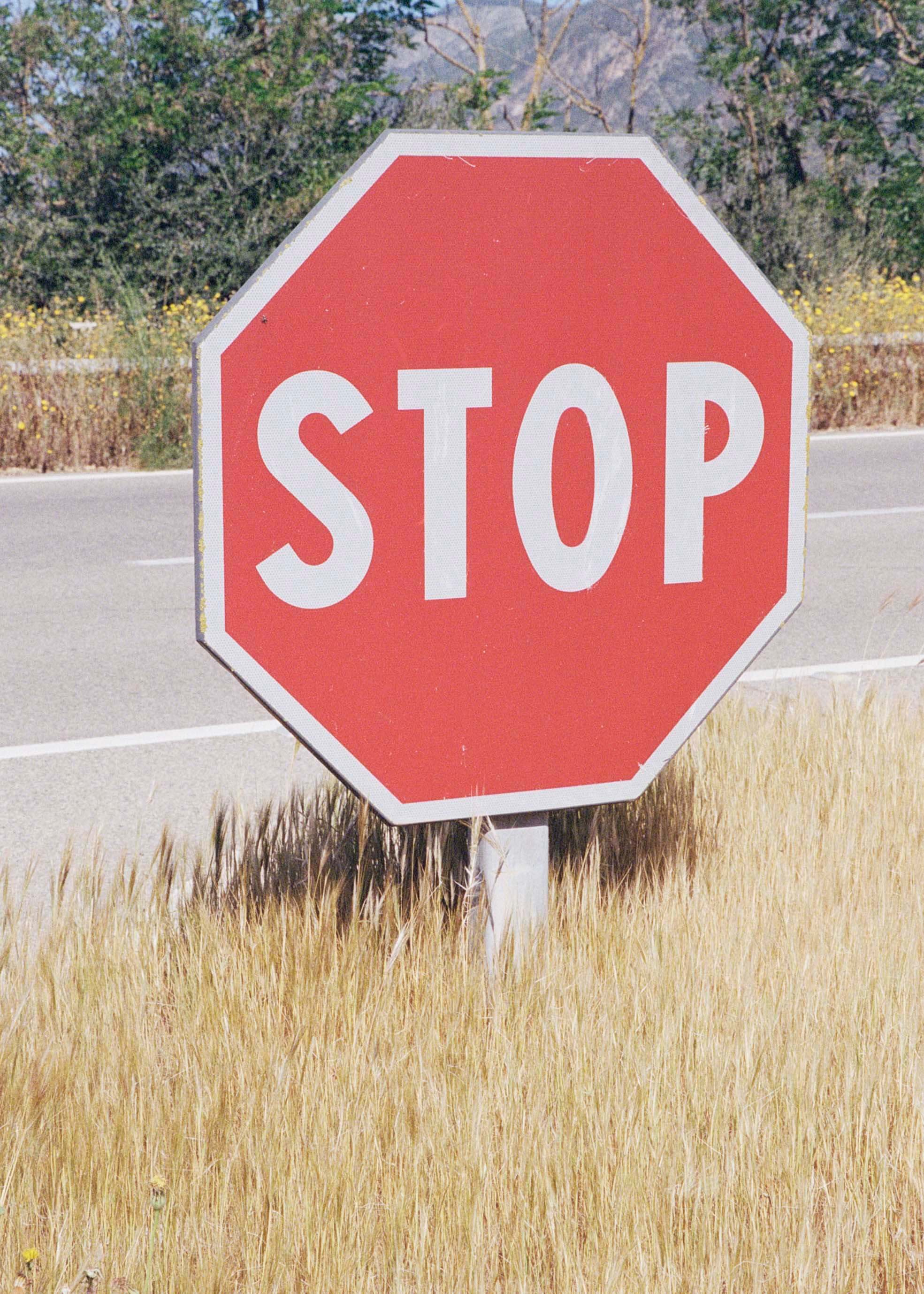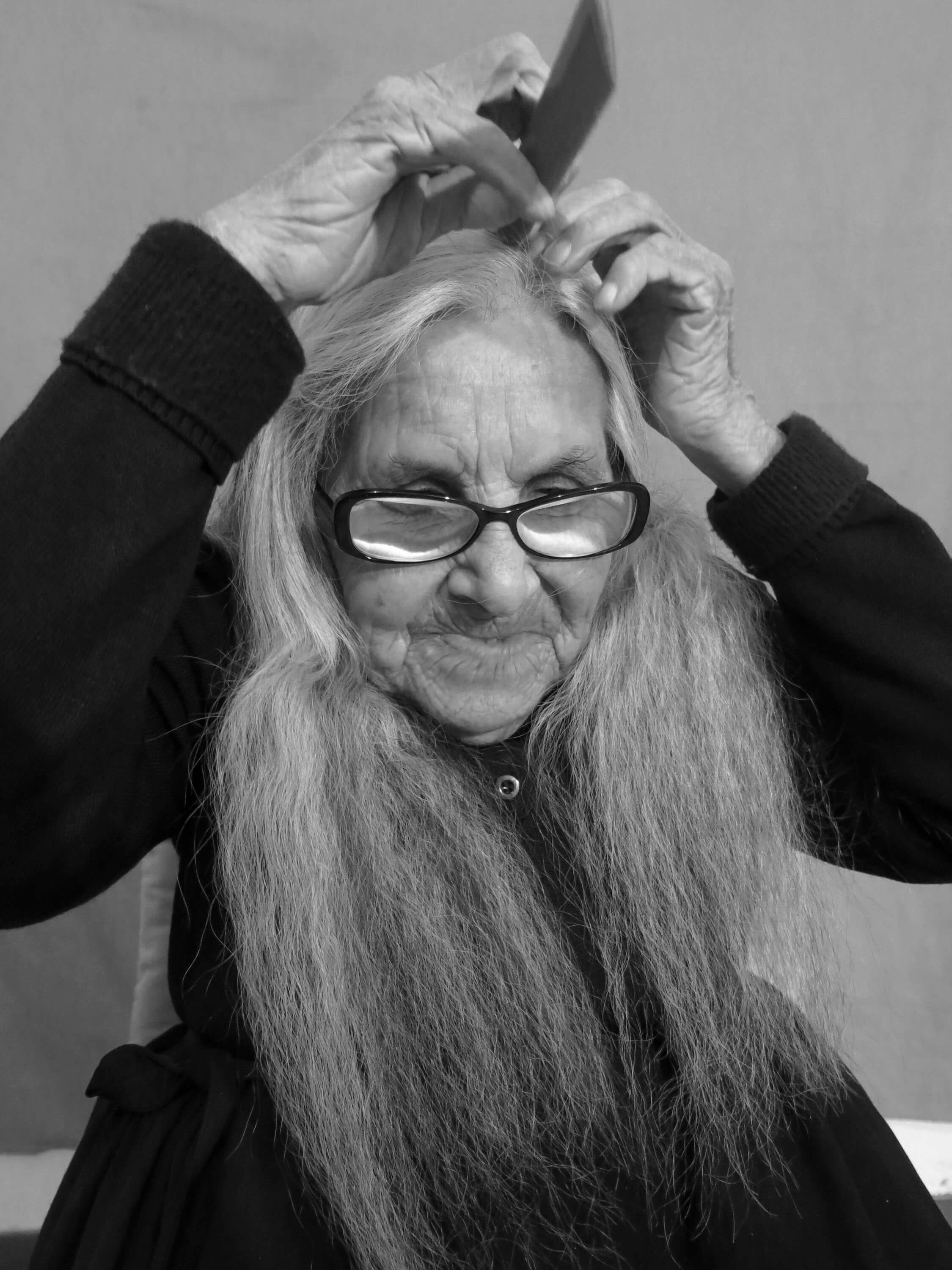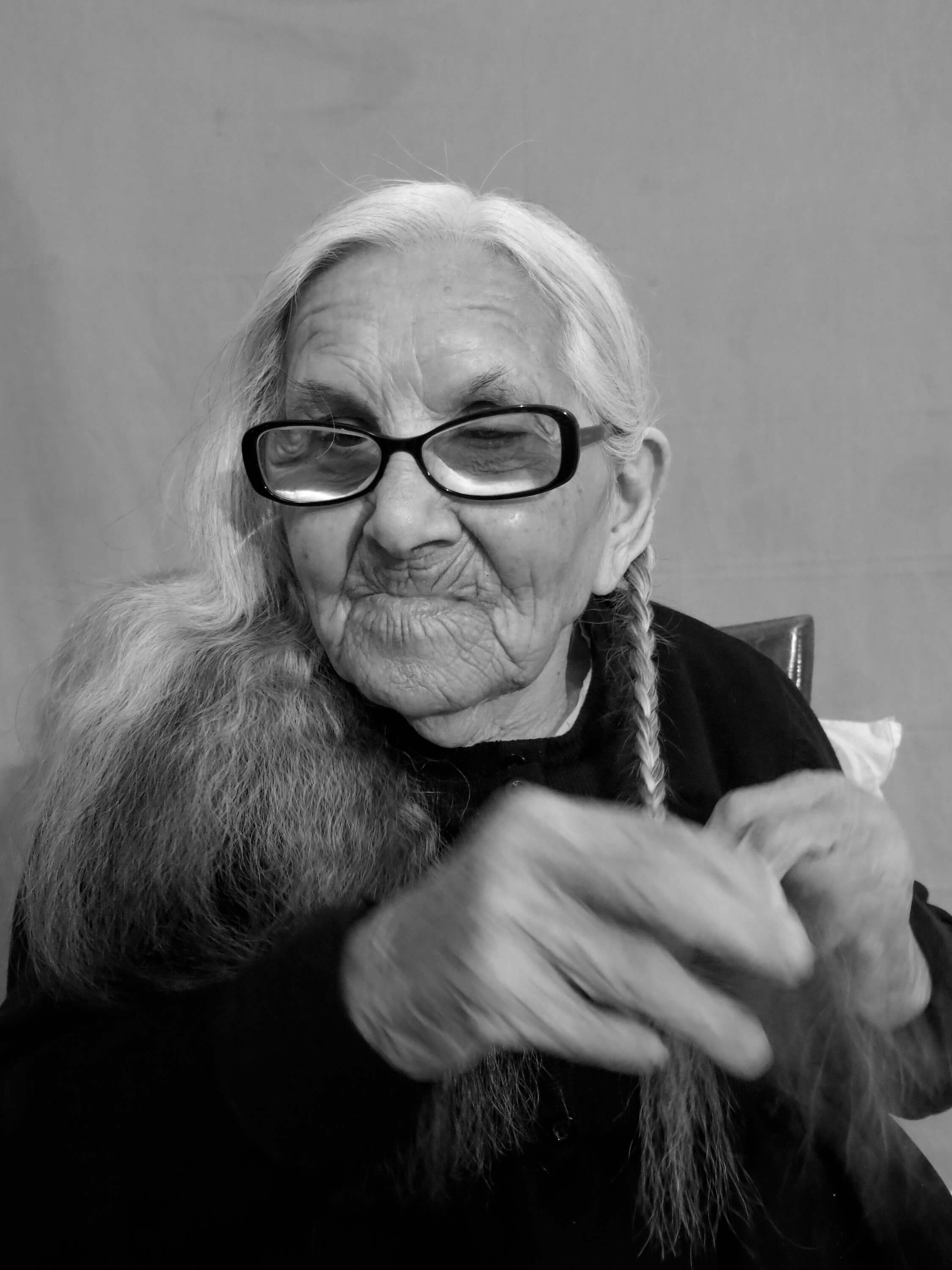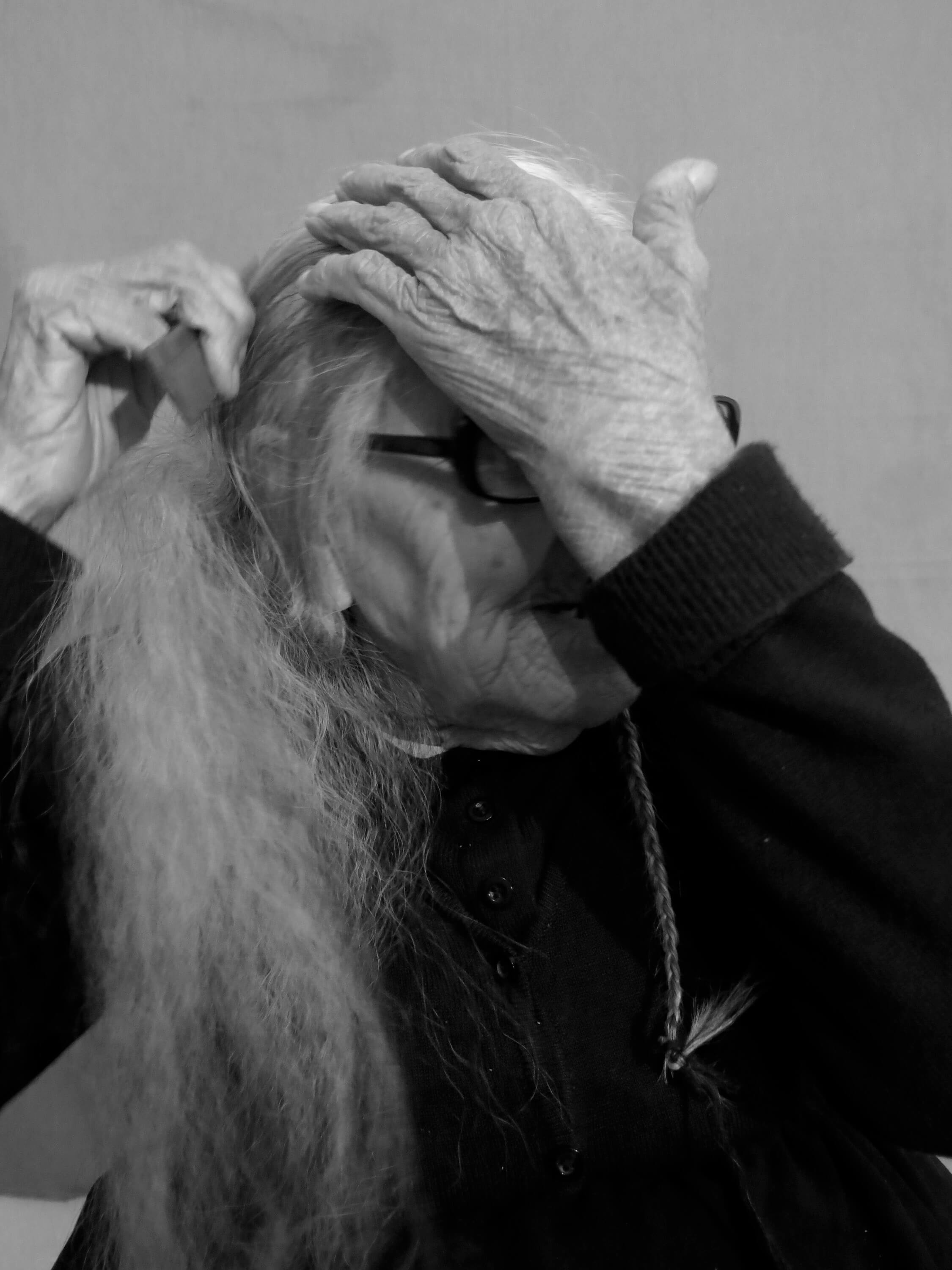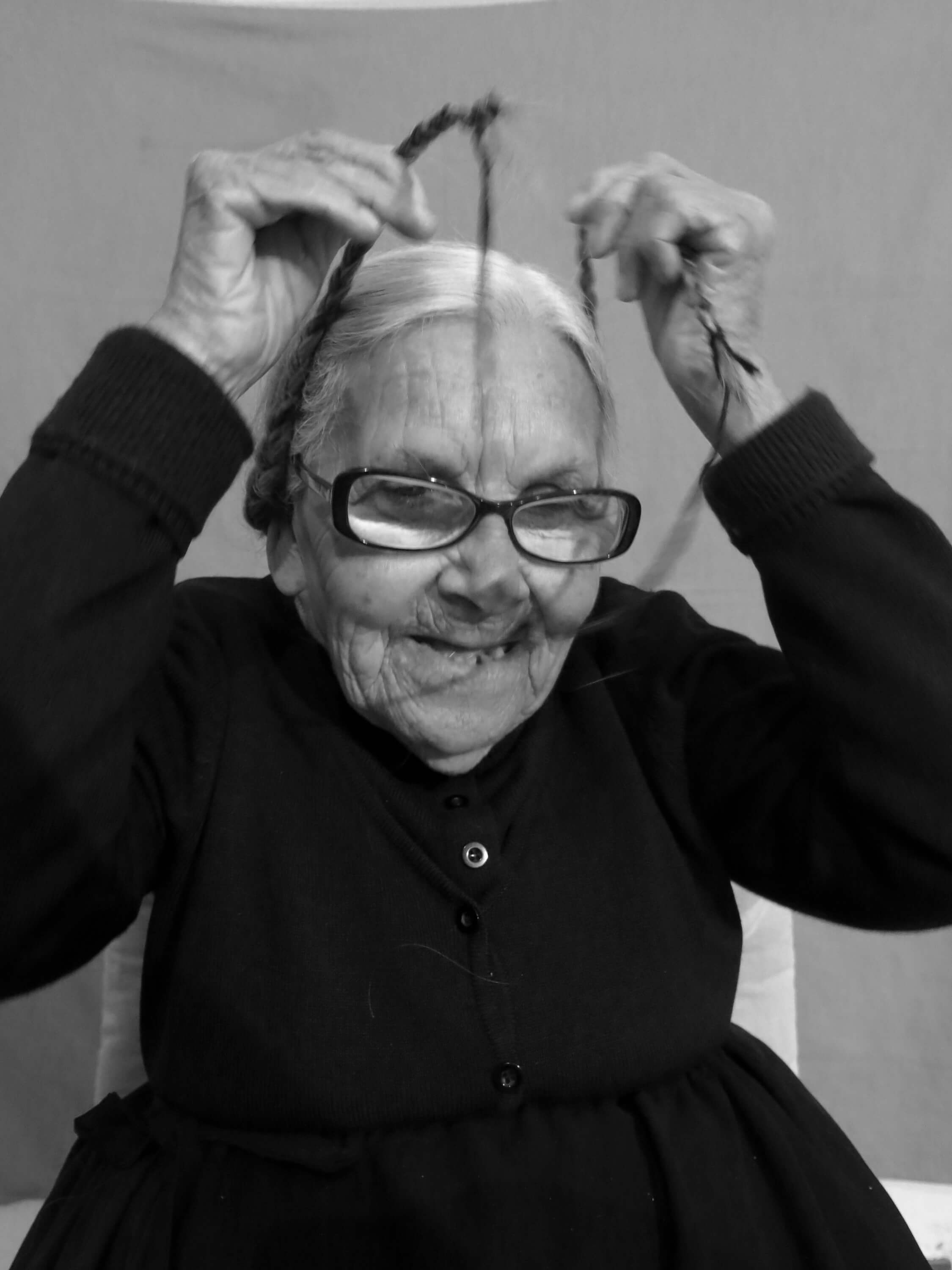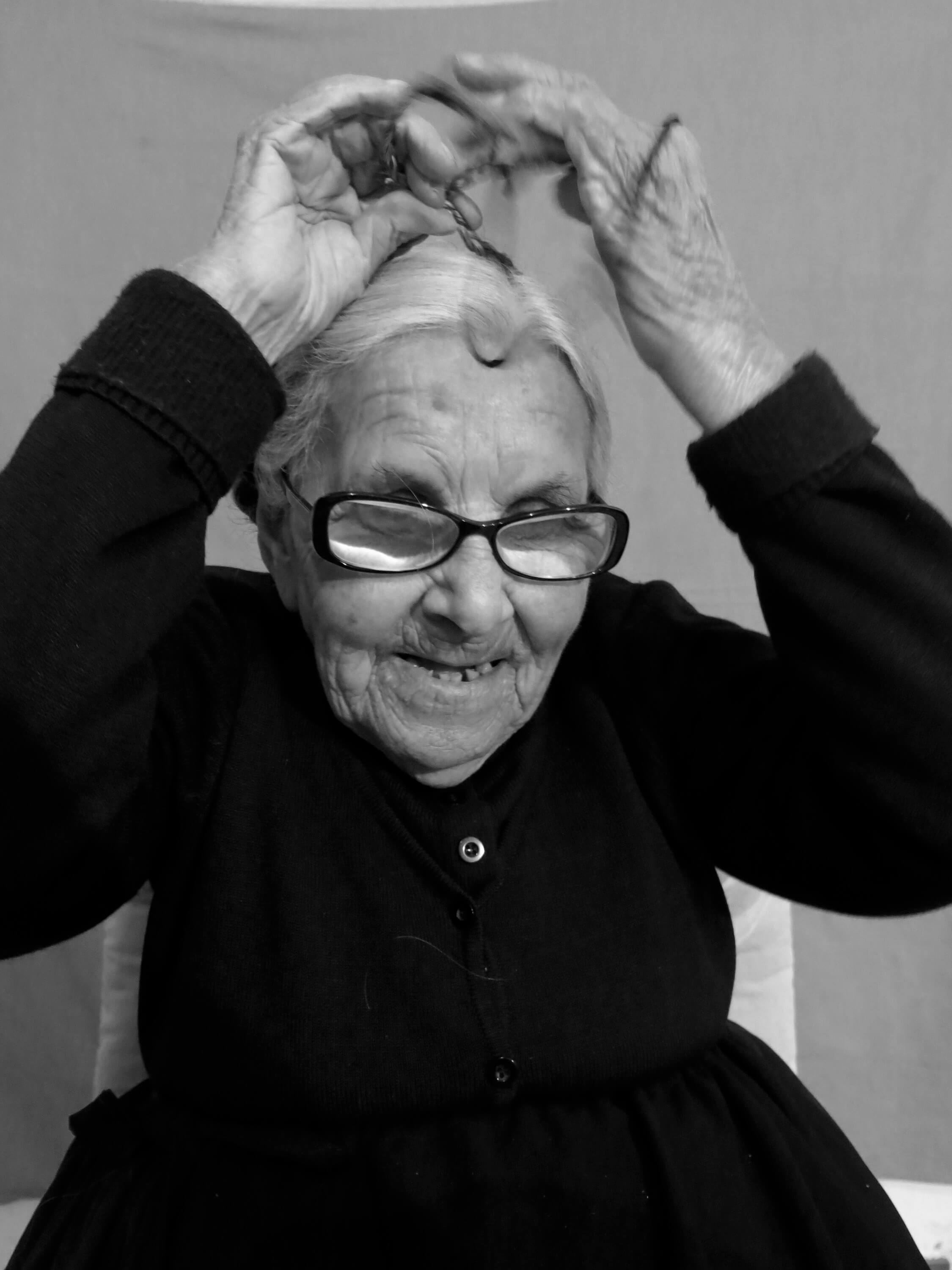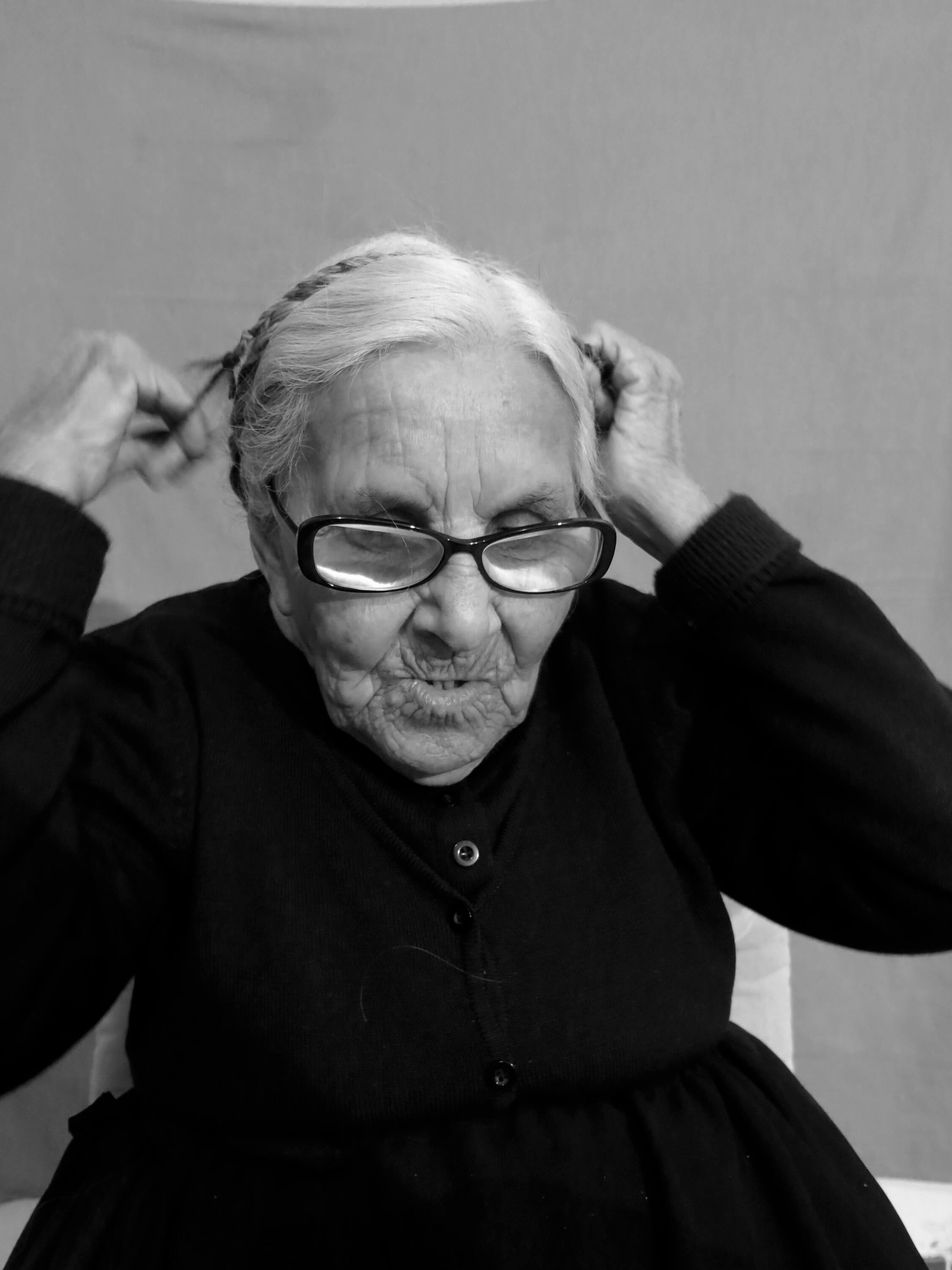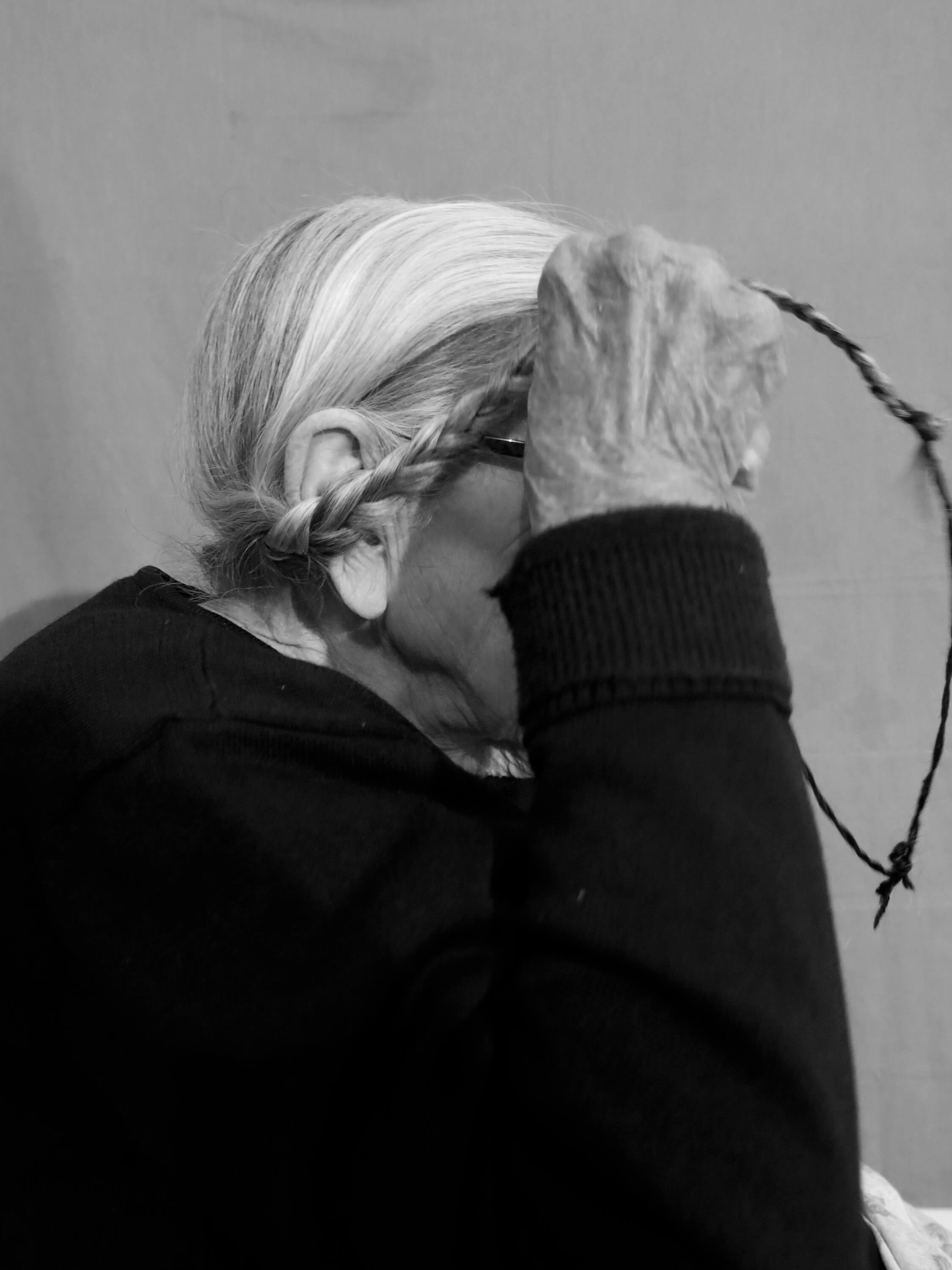“Our revenge will be the laughter of our children.”
Bobby Sands
The first time I set foot on the Island was in 1987, thanks to my father. Since that time, I’ve been back to Sardinia every year, that is, for thirty years now, to experience it and try to really get to know it all year round. It’s a land, Gallura in particular, that I’m very fond of in human terms, and that I consider an integral part of my personal formation. In the same way, some of the people to whom I am most attached were born there, or decided to go to live there, each for their own reasons, creating a vast community of expats (from Rome, Bologna, but above all Milan, Turin and Argentina) and an unexpected social reality in this part of the world.
I worked on sailing boats for many years, and I was able to circumnavigate the island three times. Nevertheless, from the sea, the perspective on things is almost always filtered by movement, by a sense of inevitable temporariness. You can set anchor or dock in a harbour of course, but for various reasons the times that you actually penetrate beyond the coast are rare.
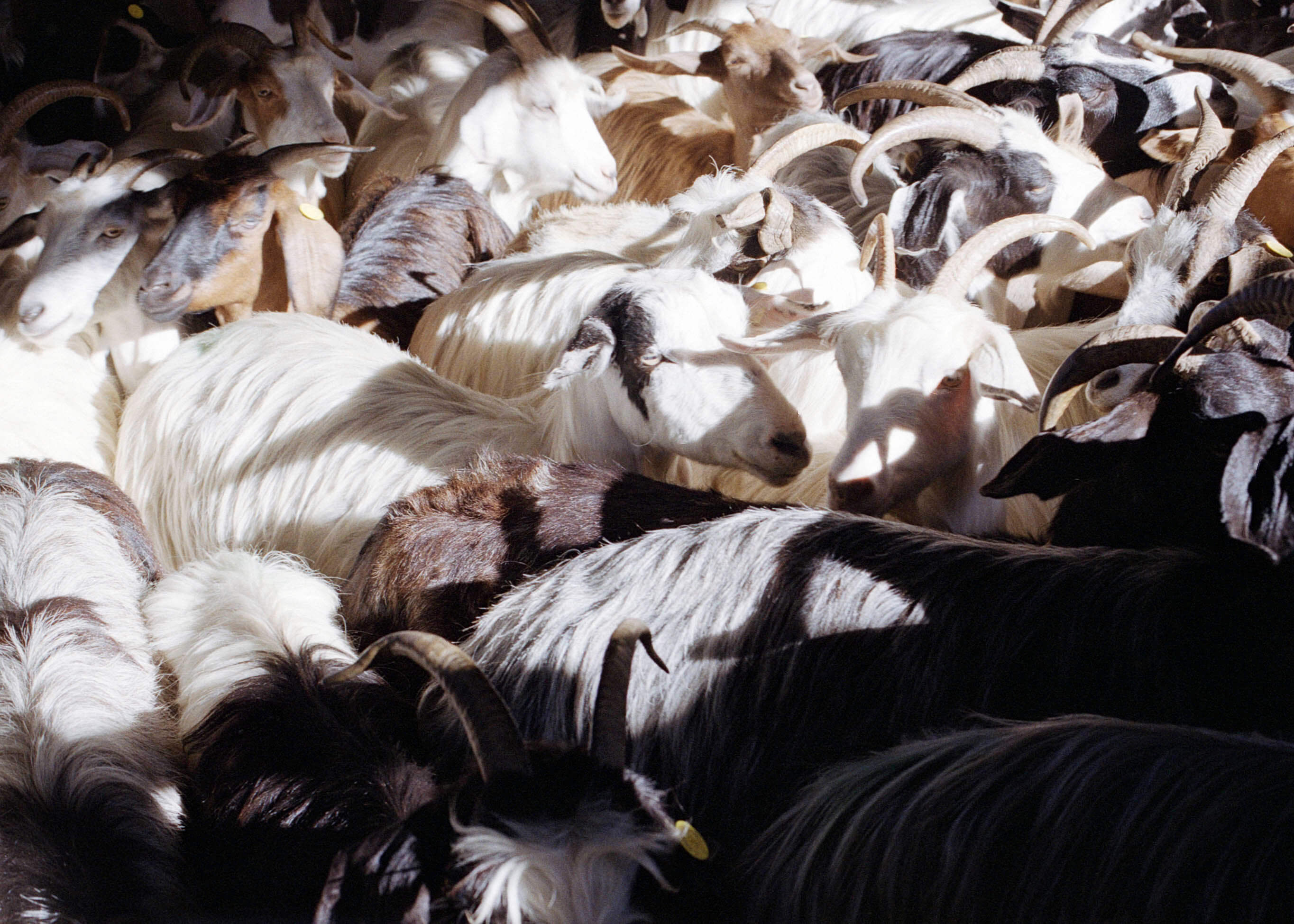
This is why I recently decided to make a journey across the interior, from North to South by car, to take time to contemplate the places and people, to look into aspects that I had only absorbed indirectly or partially, and that still left room for doubt and curiosity.
My point of departure is the Val di Mela, a small hilly area to the north of Gallura where Caterina (who is bringing up little Nina here) decided to move 15 years ago now and where I periodically come back to find what I would call a primordial comfort. The stazzu (shepherd’s hut typical of this area) where I am staying is surrounded by a lunar landscape of enormous granite rocks and myrtle bushes, scrubland crossed by a single road that at times turns into a dirt track.
Located in the centre of a high hill – where it is not rare to come across wild boar in search of food at night or horses grazing in the day – it gives whoever lives or stays there a clear view of the whole Maddalena archipelago, of the shifting winds and the coming and going of boats that characterize these places.
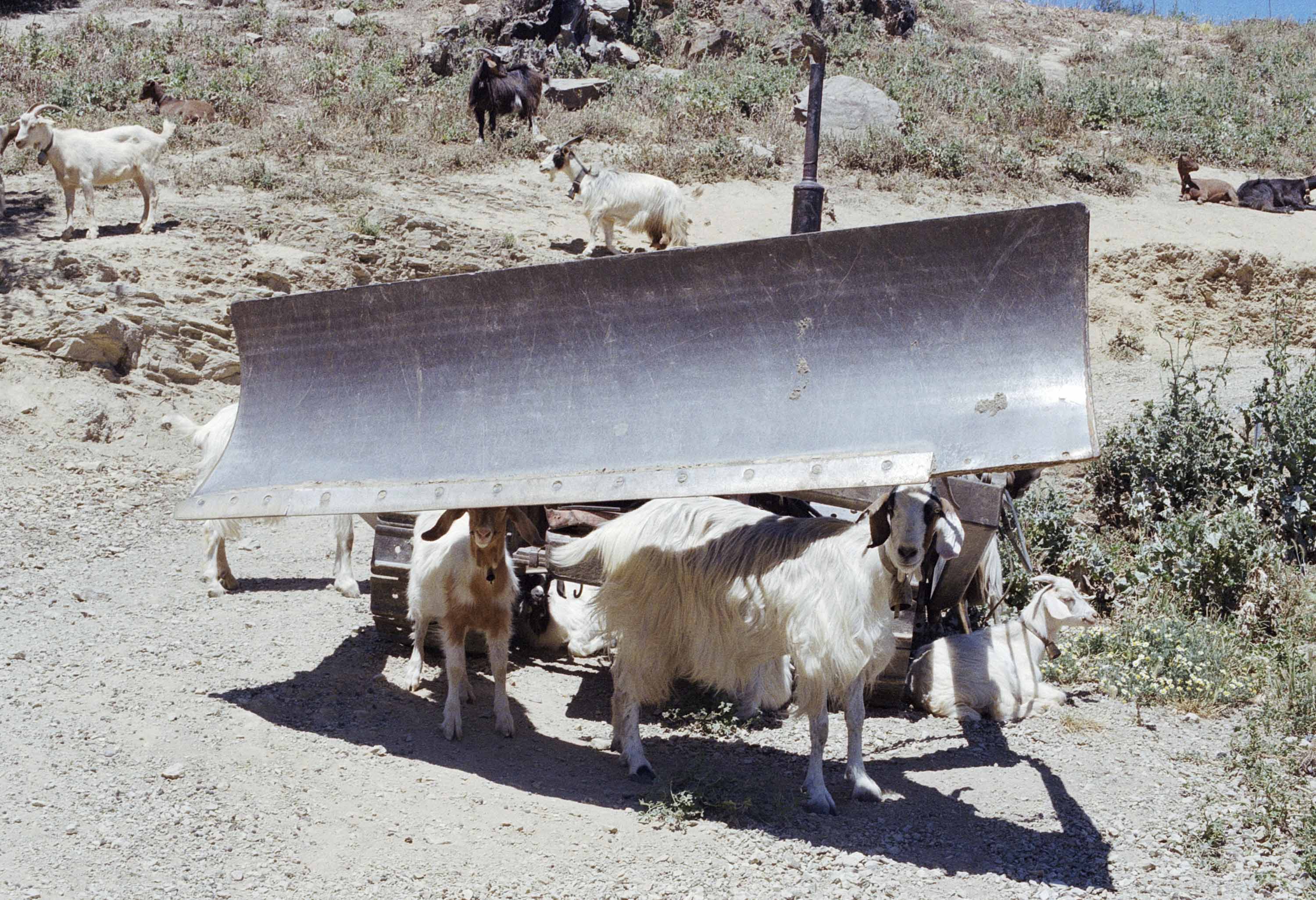
We’re not far from the Costa Smeralda – about 30 kilometres away – but there’s not the slightest trace of that world of explicit luxury and prohibitive prices.
In this sense, the Costa Smeralda is a dazzling example of how the continentali (Italian mainlanders) saw Sardinia for many years: a splendid and wild place where the customary concrete and artificial 1960s holiday resorts could be recreated, in a glamorous key.
It’s a point of view, an attitude that today many could define as colonial (in the same way as the NATO bases, whose numbers in the area are fortunately falling) and that without doubt created discontent among the locals, in time fostering not very accurate stereotypes of Sardinia and its people.
From the north-east I head towards the home of other friends in Santadi, a small village in Sulcis, in the far south of the island. In just under six hours’ travel – knowing more or less but not particularly worrying which way I was going – I passed through continually changing landscapes: in my somewhat random progress in the car, I came across a series of bright green chestnut woods or grey cork oaks, desolate and dry lands (making it clear why for many years Sardinia was used by the Spaghetti Western industry), granite mountains, salt lakes and fields for growing artichokes or grain, depending on the altitude and prospect. What was inevitably striking were the differences, within just a few kilometres, that this land offers. A multitude of landscapes – linguistic and cultural too – in an area of no more than 25,000 square kilometres.
I get to my destination and meet Kyre and Ivano. She’s American and he’s from Milan, brought up by Sardinian parents. Their story is in many ways a paradigm for describing the island and its present-day potential. After several years living in NY and as many in Milan with good jobs in the creative industry, they decided to move here with their two children, Leroy and Antioca.
They bought a piece of land with a small group of abandoned buildings, consisting of a house and a cow pen and a couple of sheepfolds. They’ve been working on rebuilding the house for a year now, which should be followed by the other buildings. It’s constant, hard labour – done with their own hands and sweat – but it’s also probably a first way to fit in with the locals, with whom they can share their common experiences of shifting rocks and digging soil.
Beyond the romantic and bucolic impression that their choice may convey – the escape from the city in search of a more healthy and real environment to bring their children up in – it’s interesting to find out the approach they’ve taken towards this enterprise.
Also thanks to them, I heard Sardinia being talked about in a contemporary manner, outside the usual folkloristic rhetoric, slave to a mainlanders’ culture that would like to keep those places crystallized for their exclusive summer use, and beyond any separatist sentiments which now have little to do with reality. The most significant aspect is their capability to deal with and promote Sardinian culture for the layman, through the Pretziada project, using the tone and tools that they have refined thanks to their previous work experiences and their particular ability to dialogue on an equal footing with the local social fabric. Ivano told me of the difficulties they had had in becoming part of the community, she being “the American” and he “the Alien” who spoke the Campidano dialect.
Nevertheless, it’s thanks to the little clashes that they’ve been able to create a space that avoids both the late-colonial expectations of those arriving from the continente and the protectionist or independentist reactions of (by now few) islanders. They’ve likewise been able to strengthen (on the island and elsewhere) the vision of a region that not only is no longer a mere offshoot from the rest of the world, but, quite the opposite, is more and more capable of producing its own imaginery that straddles both the traditional and the innovative.
Of course, it isn’t an immediate process. Some deep-seated conceptions about Sardinia, fostered out of convenience and short-sightedness on the island too, still need to be chipped away at and rooted out. I’m quite sure though, that also thanks to people like Caterina, Kyre, Ivano and the many others who have come to live here, the people will mix and connect more, and that their experiences and visions will make this island shine all the more brightly.

